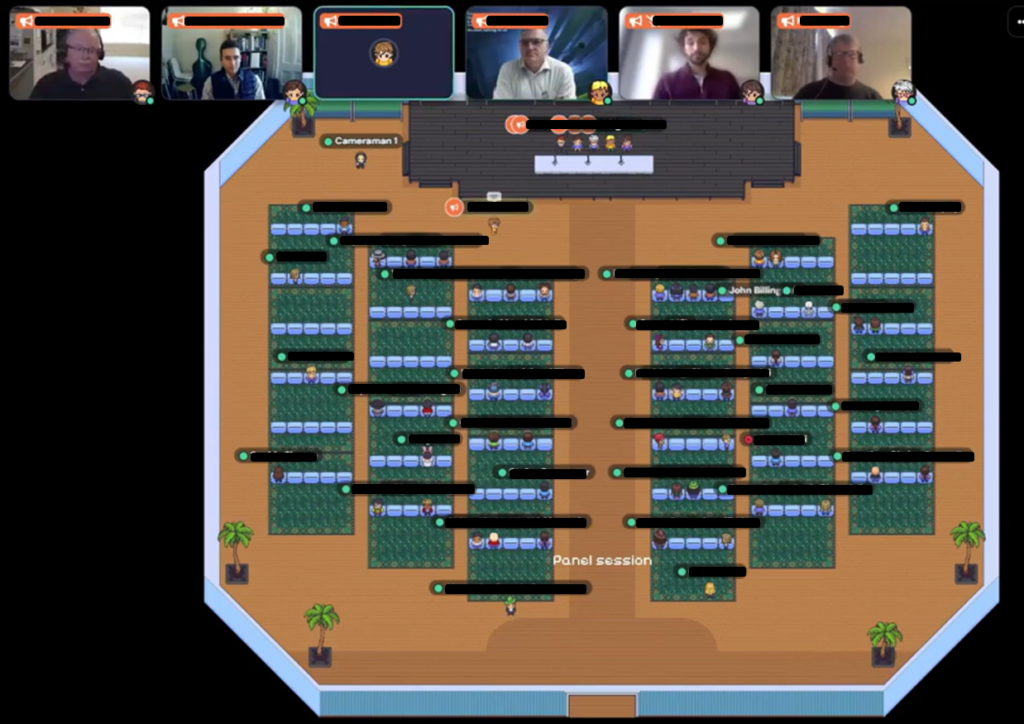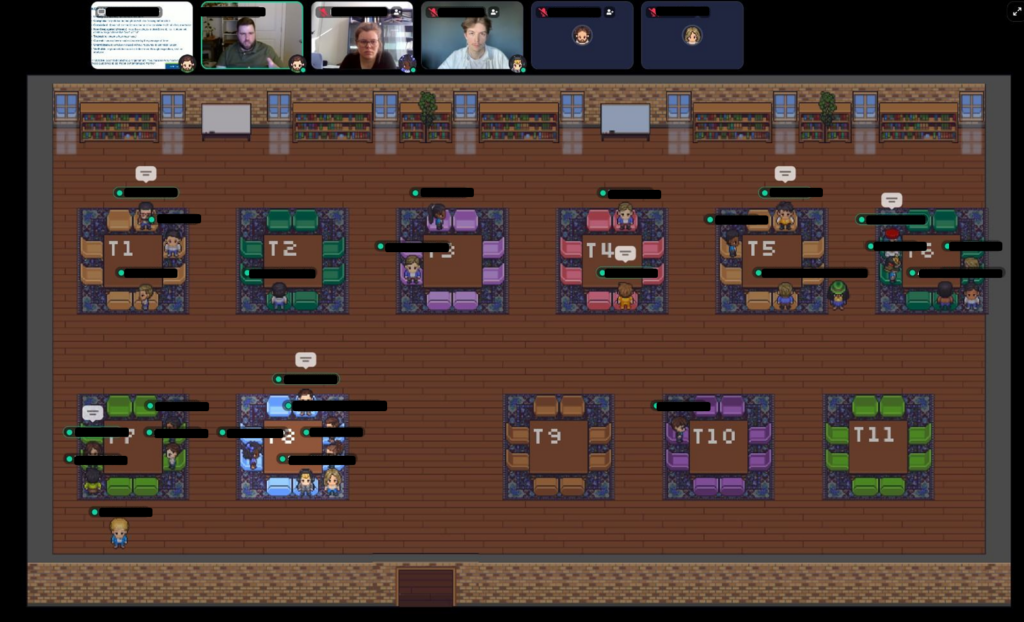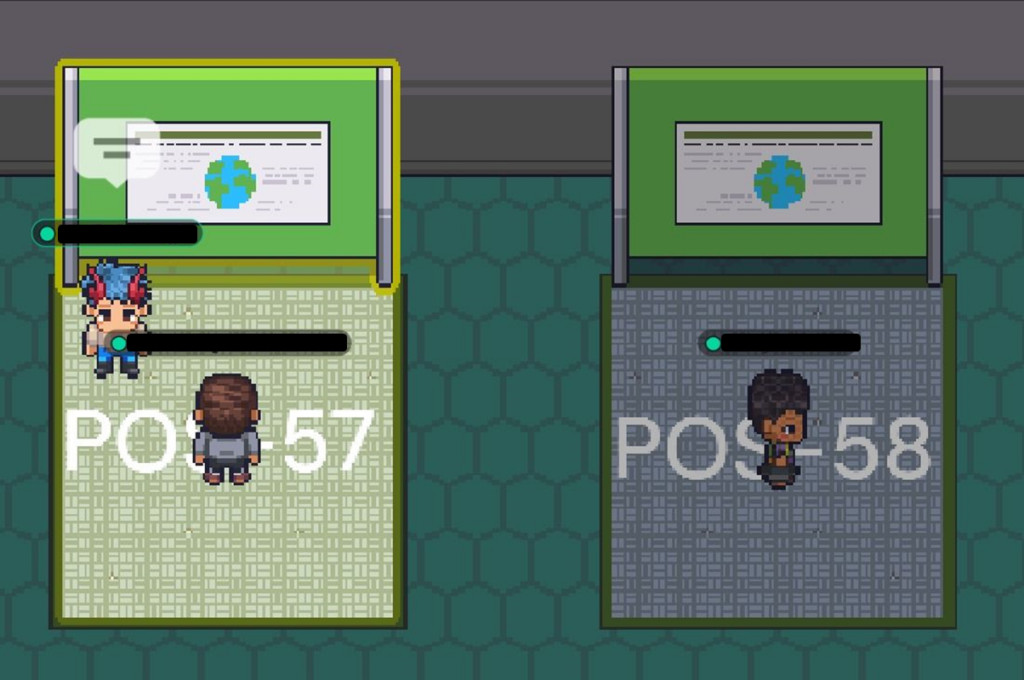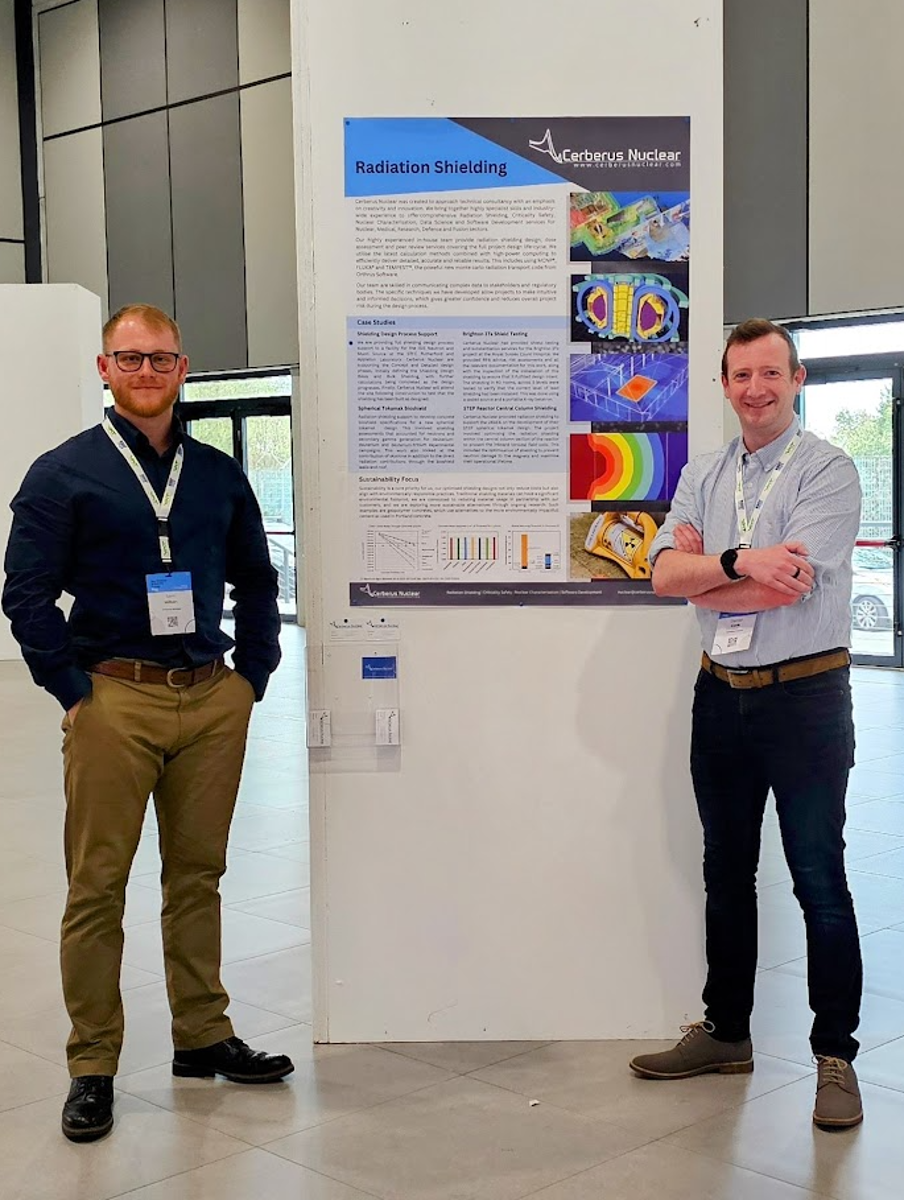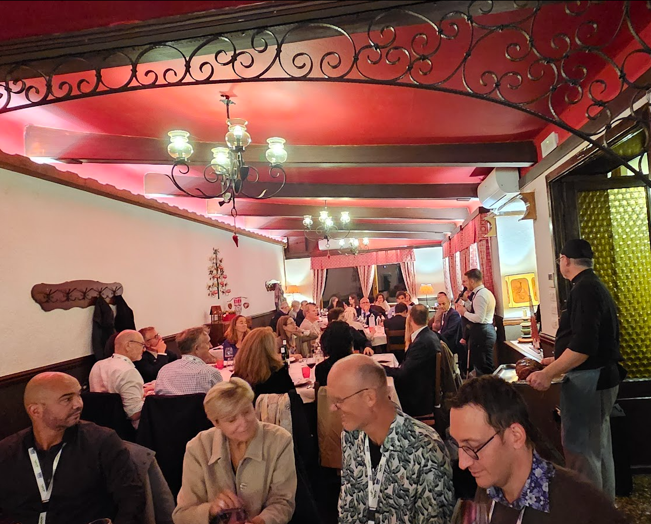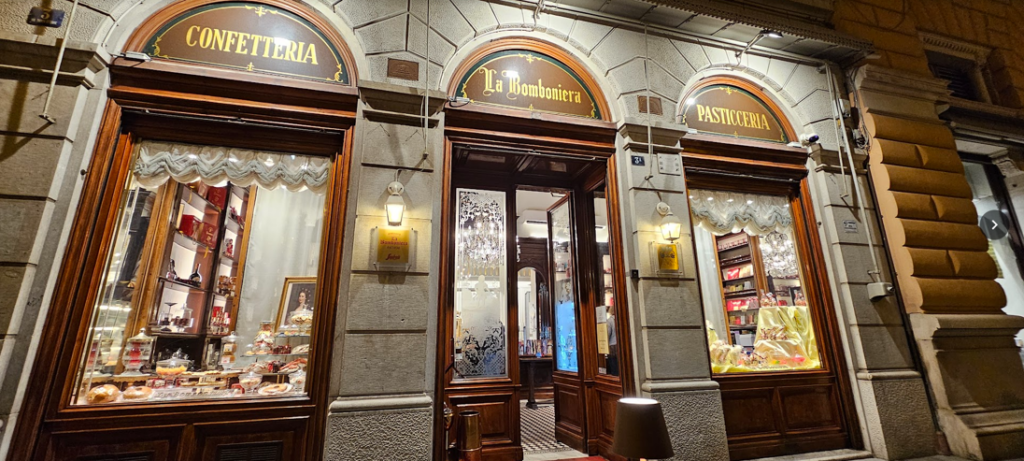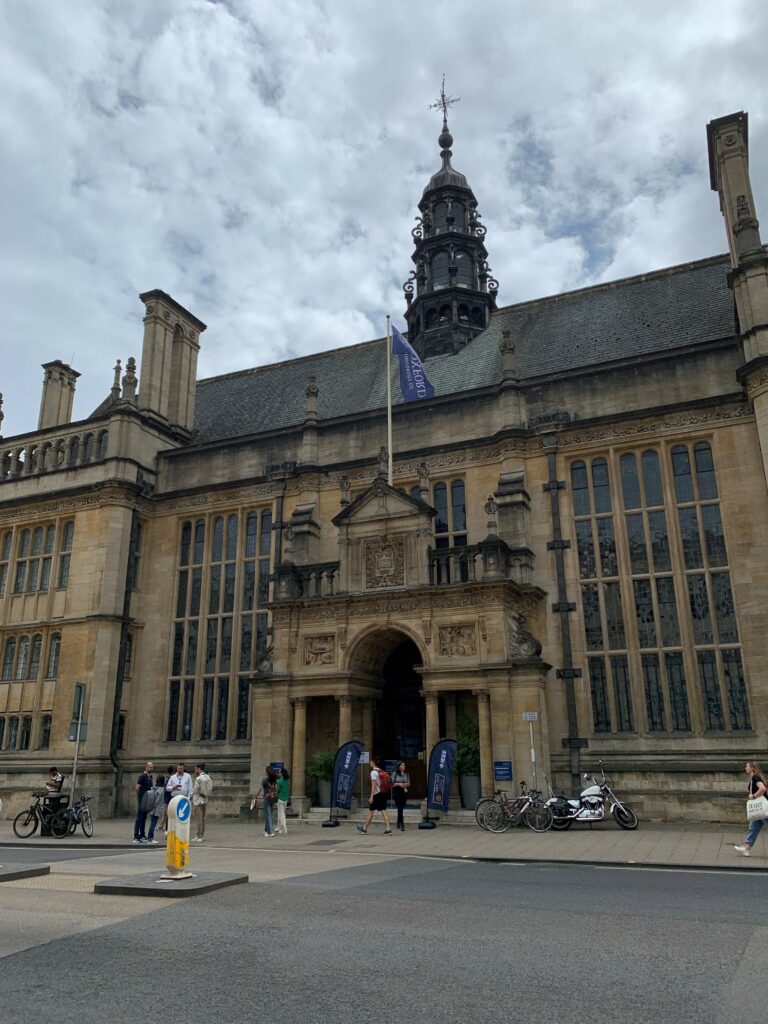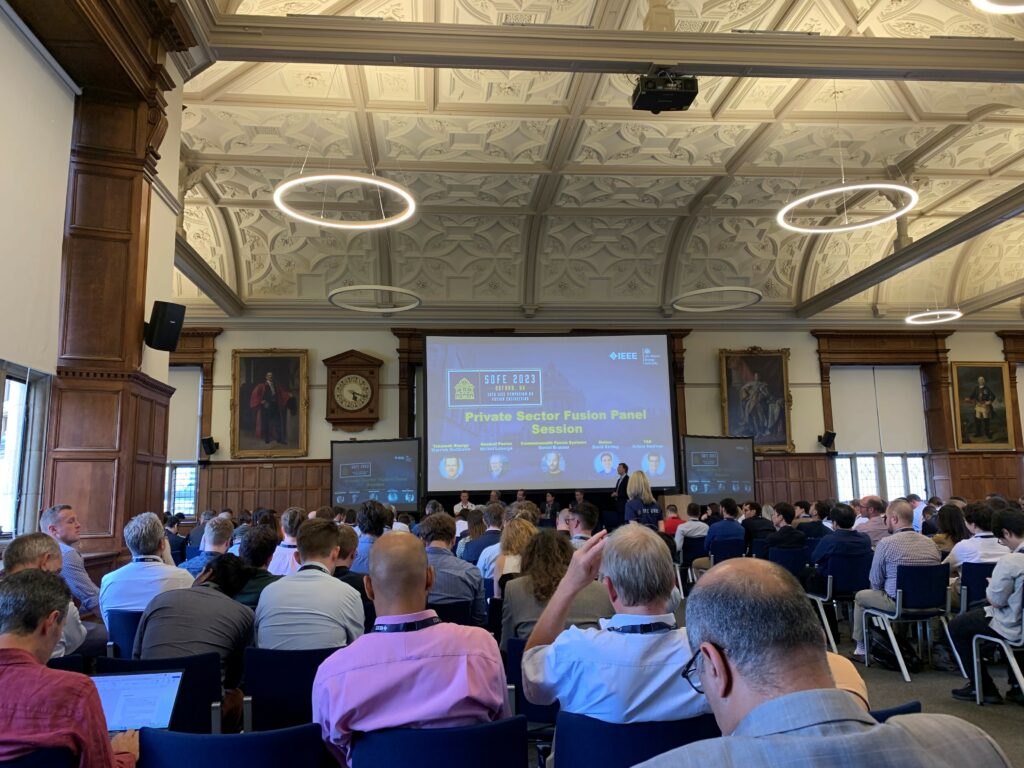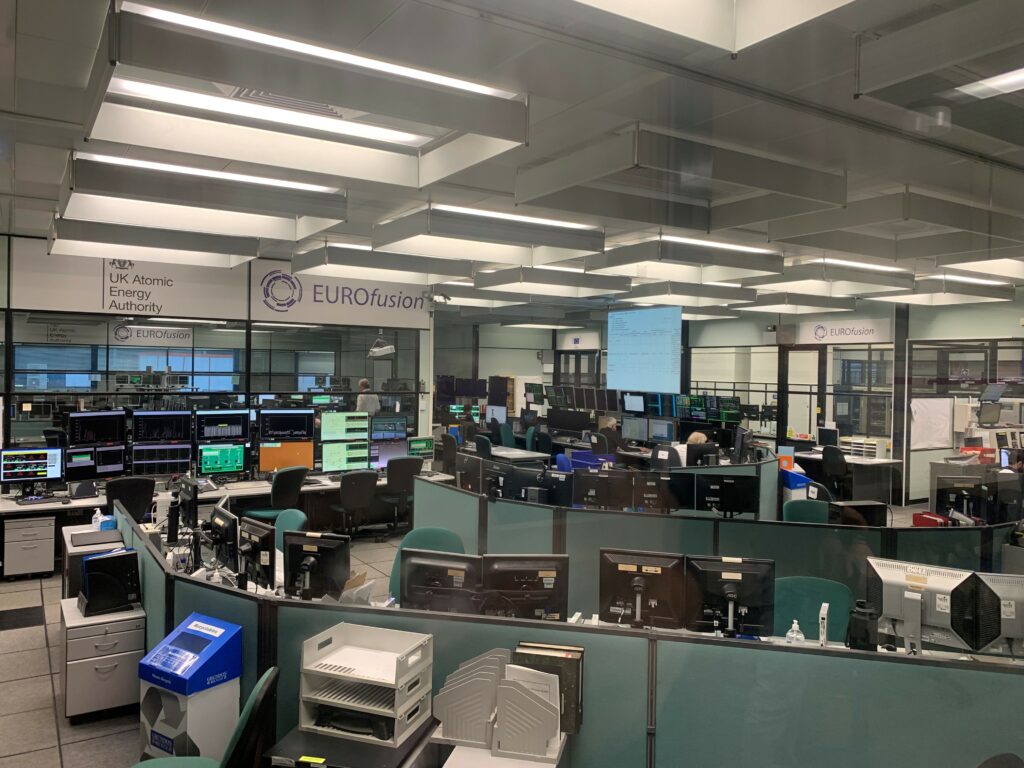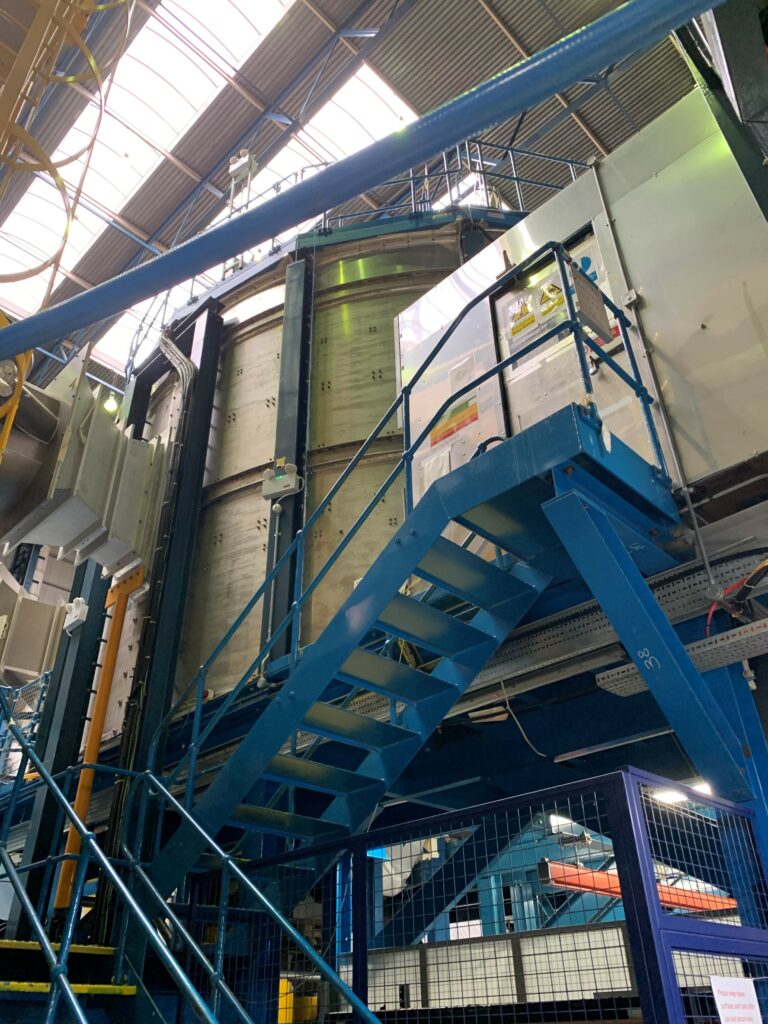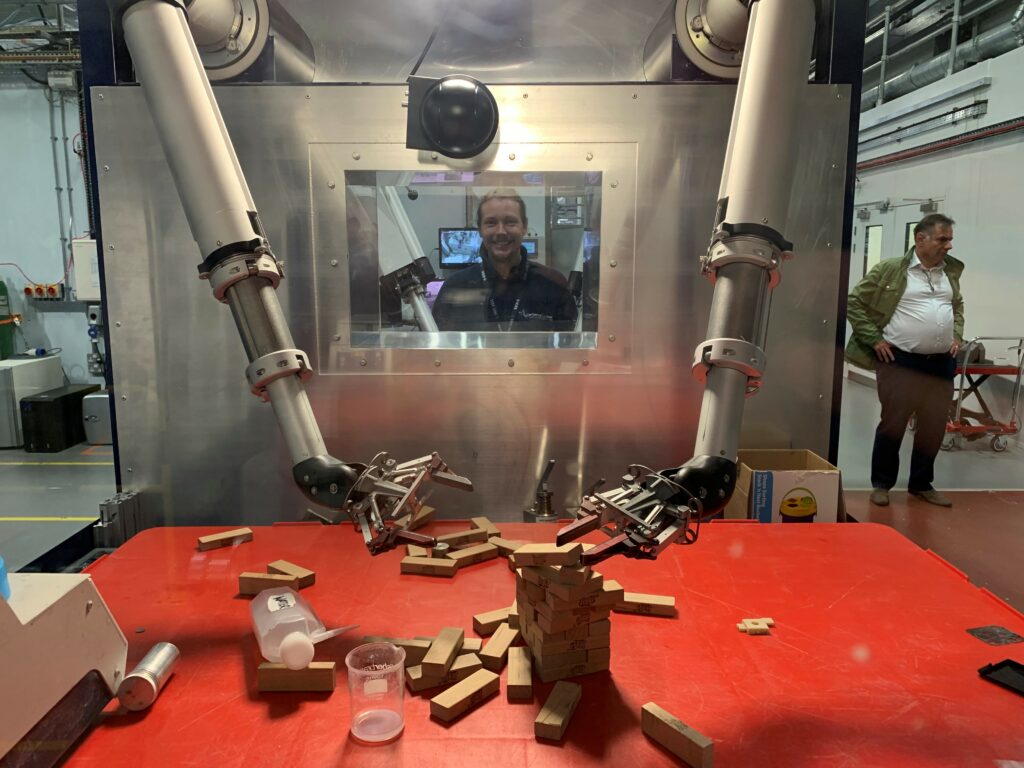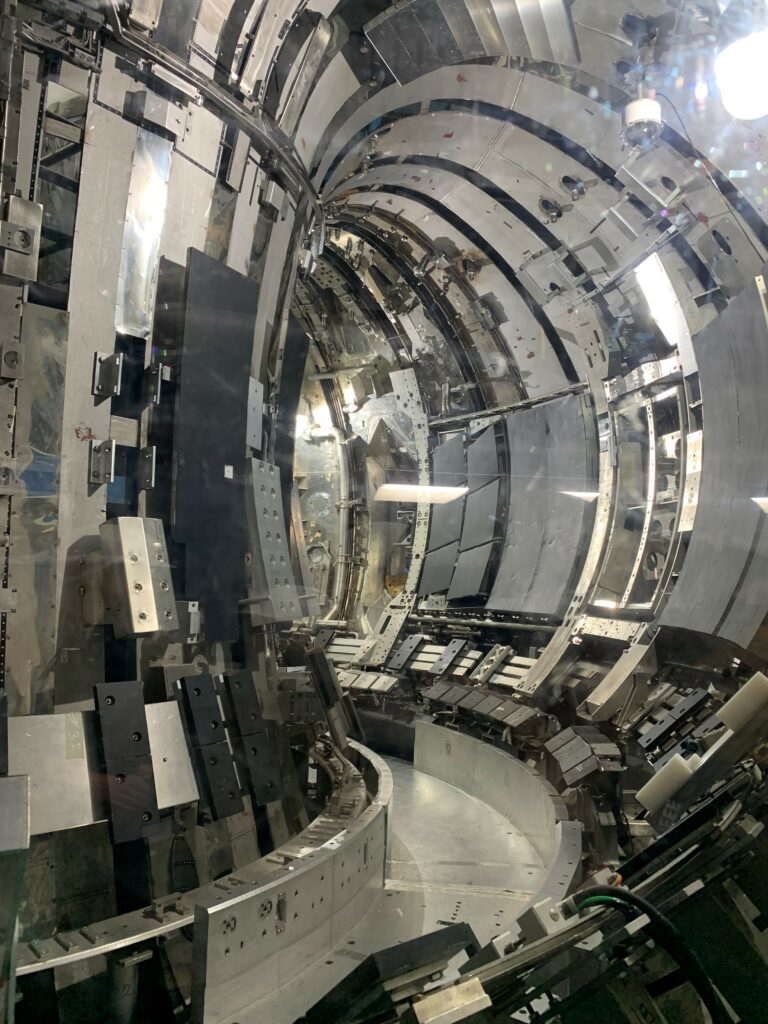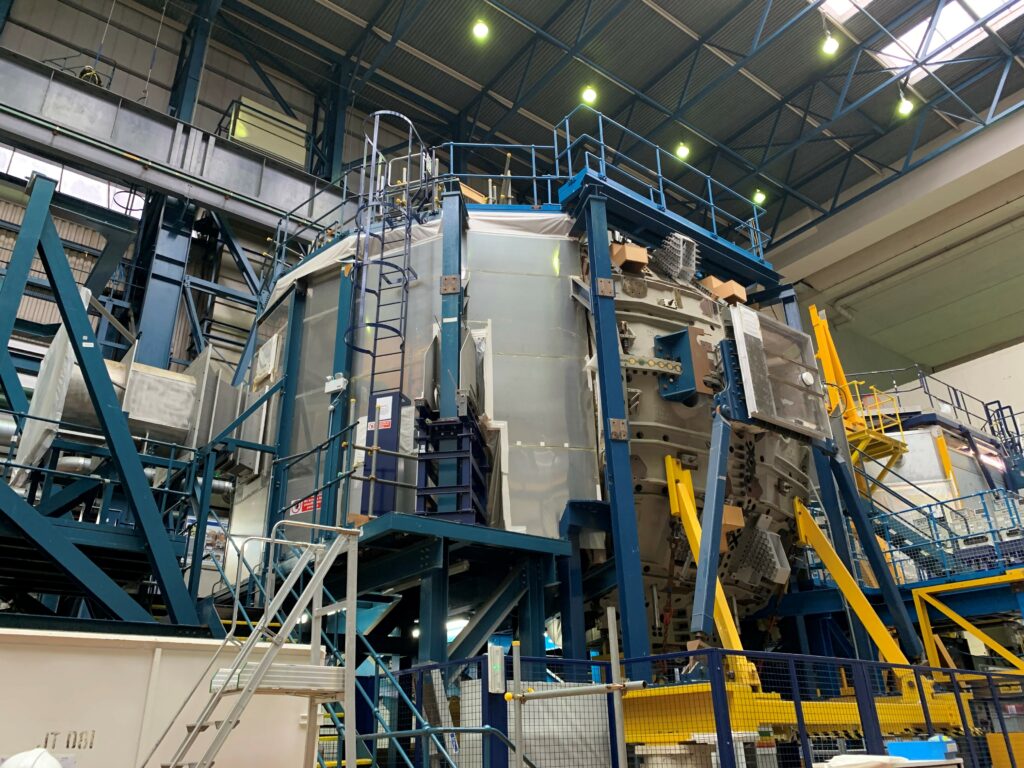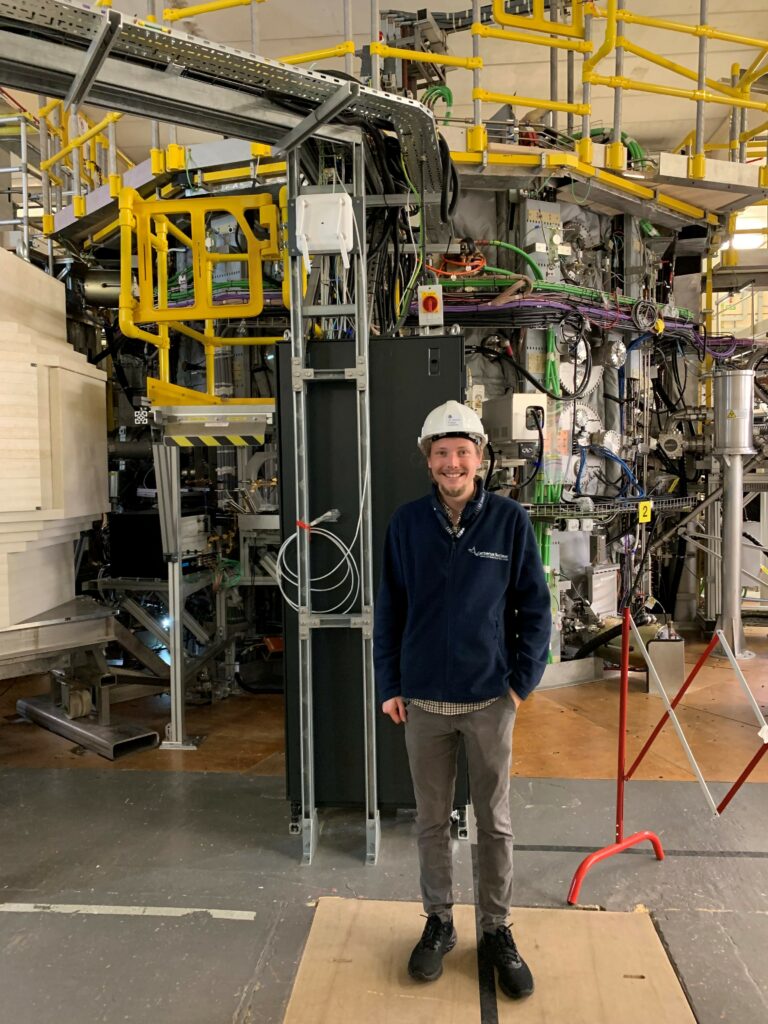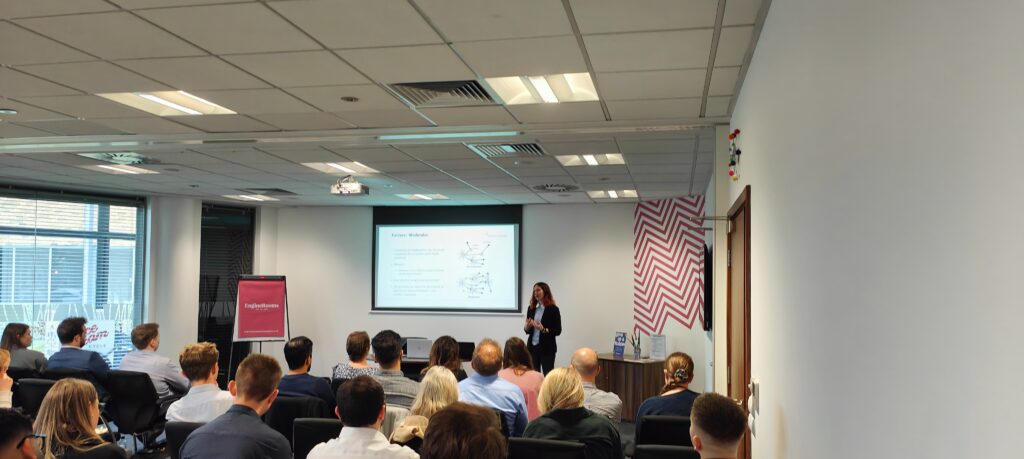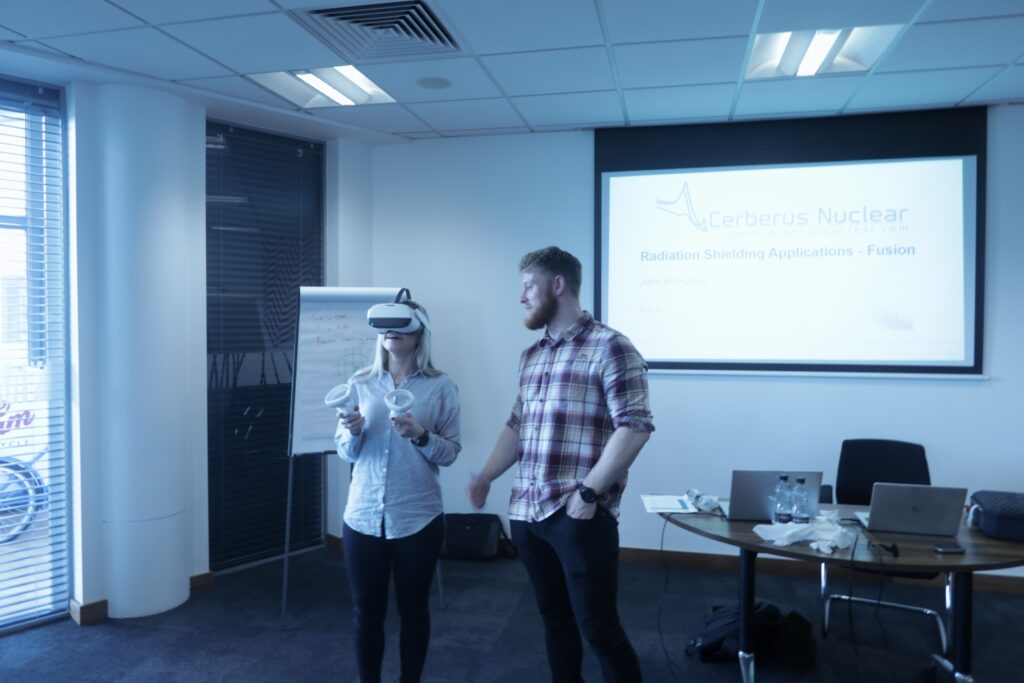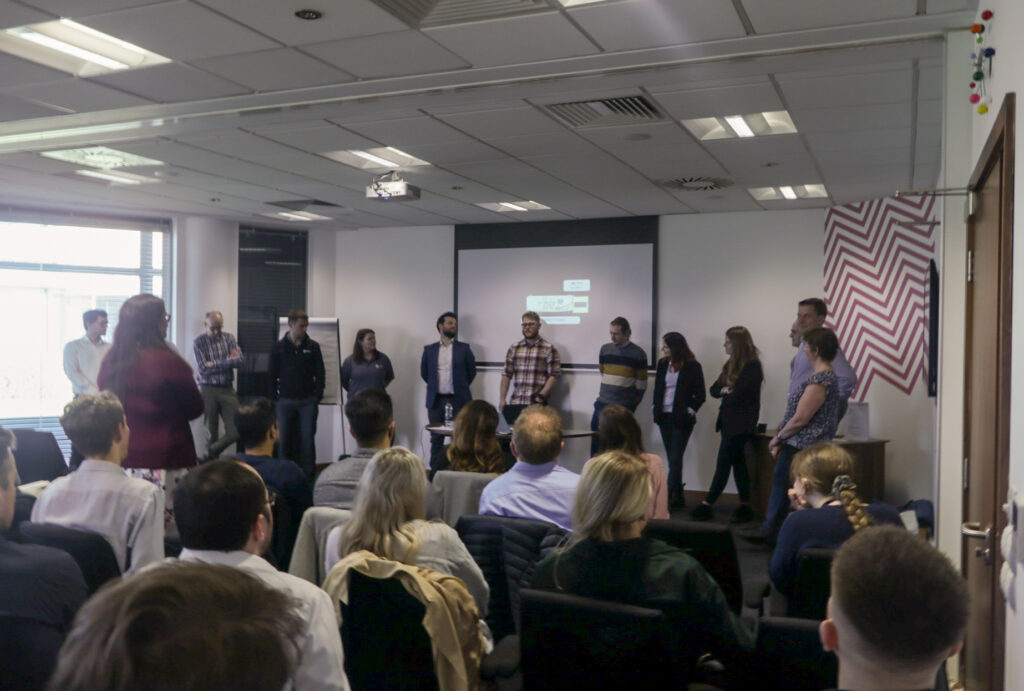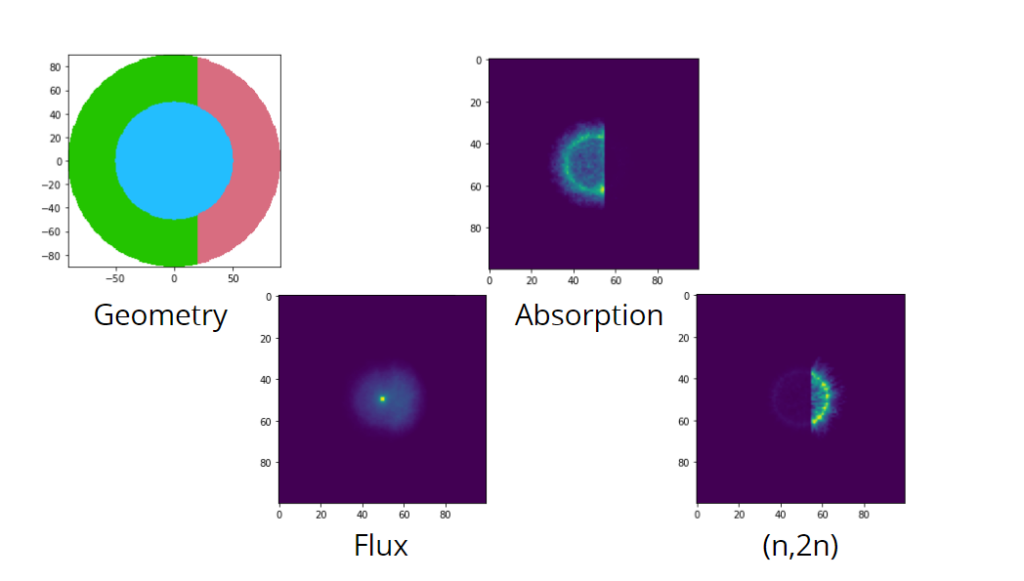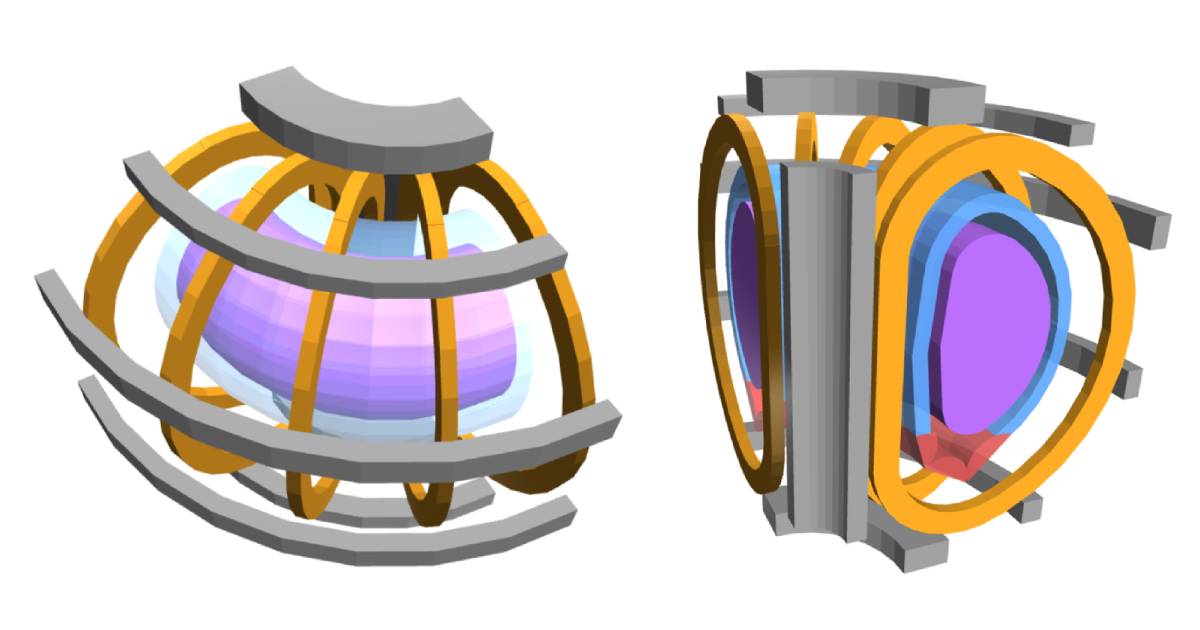How Far Is it from Chicago to Boston?
Well... That Depends How You Measure It
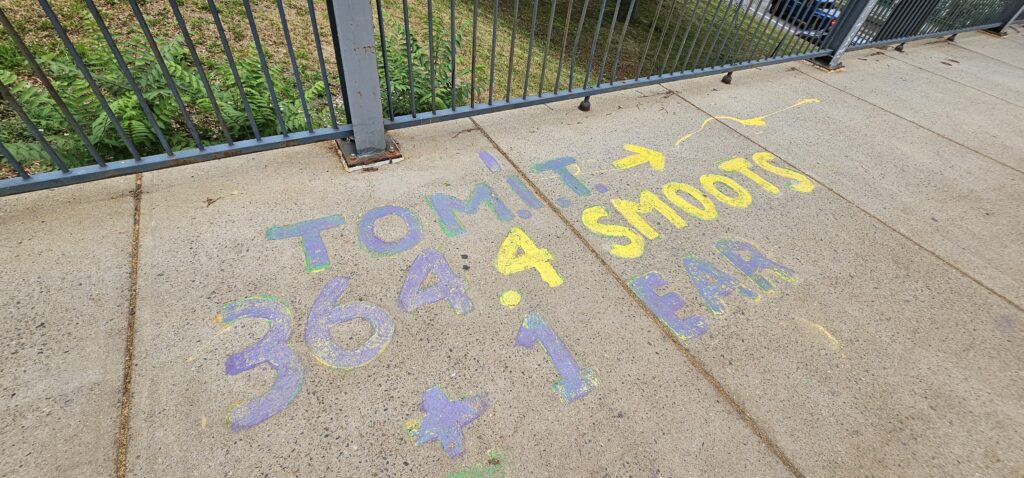
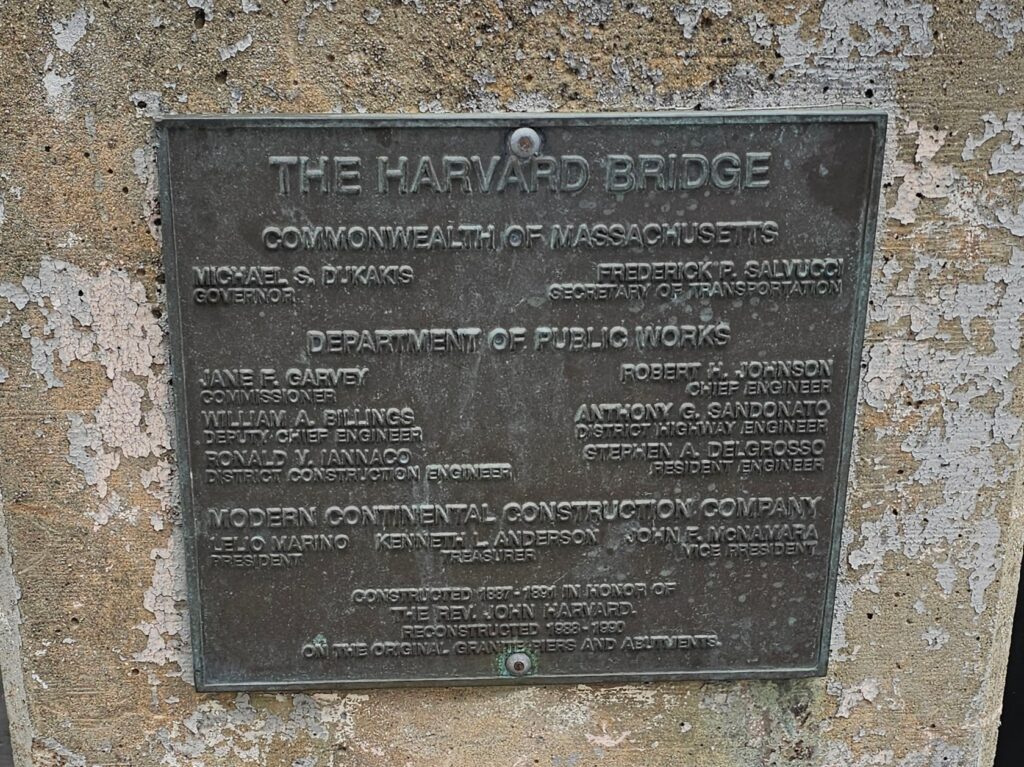
“What on earth is a Smoot?” was the question John and I found ourselves pondering in Boston, standing on Harvard bridge on our way to MIT.
This unit of measure became the perfect metaphor for the distance travelled on our epic journey across America promoting Cyclone Sage - our new AI assistant integrated into Cyclone (Orthrus Software) designed to support nuclear engineering and fusion workflows. It was a trip full of amazing experiences, with some serious science folded in too.
One Smoot, as it turns out, is precisely the length of MIT student Oliver Smoot (5 ft 7 inches), who repeatedly lay down end-to-end across the Harvard Bridge in 1958, creating one of academia’s most eccentric units. The bridge is exactly 364.4 Smoots long, plus or minus one ear.
ANS Conference – Cyclone Sage and Deep-Dish Pizza
Distance Travelled: 17.5 miles / 18,480 Smoots (O’Hare Airport to downtown Chicago)
We began our journey in Chicago at the American Nuclear Society (ANS) conference where we caught up with lots of familiar faces. Here, we introduced our AI assistant, Cyclone Sage, designed to streamline the creation of input decks for MCNP. Sage garnered significant interest and thoughtful discussion, and it was great to see enthusiasm for an AI solution carefully tailored to meet the needs of the nuclear sector.
Aside from the conference, Chicago itself was a brilliant city. We marvelled at the city’s skyline, took in views along the iconic Chicago River, and tackled the legendary deep-dish pizza. Let’s just say we hit a delicious but formidable “cheese wall” at Labriola restaurant, a battle both John and I lost.
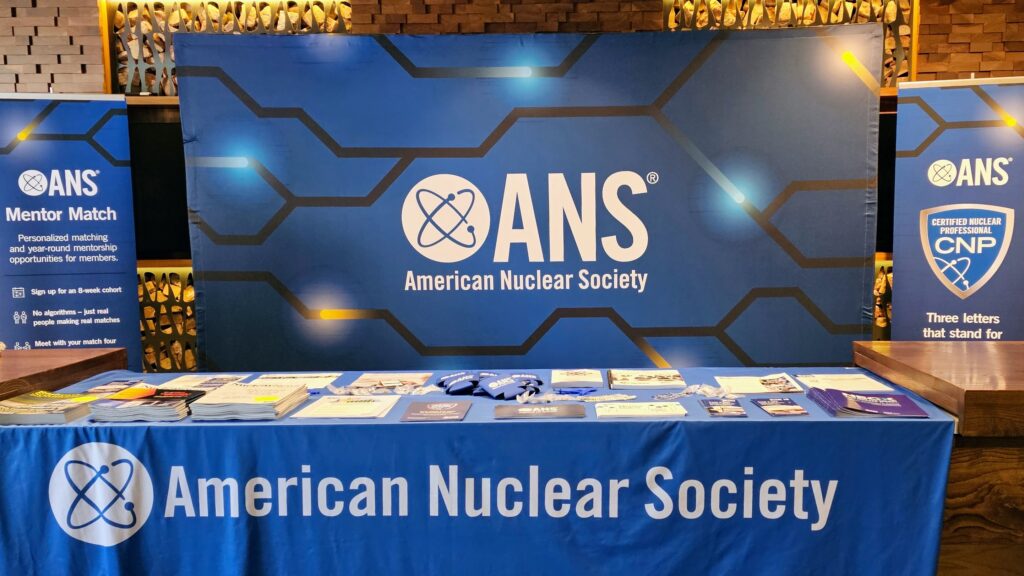
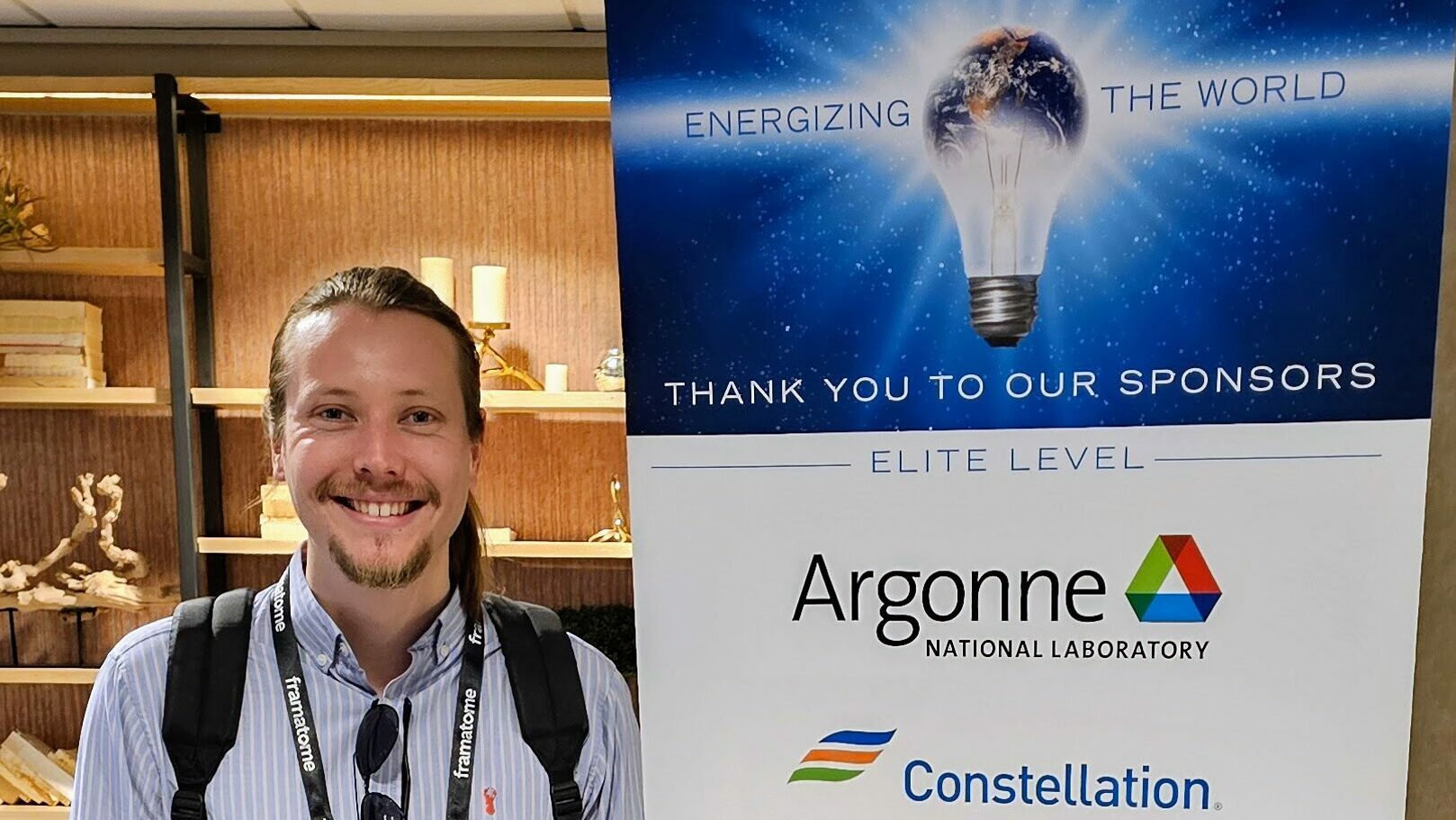
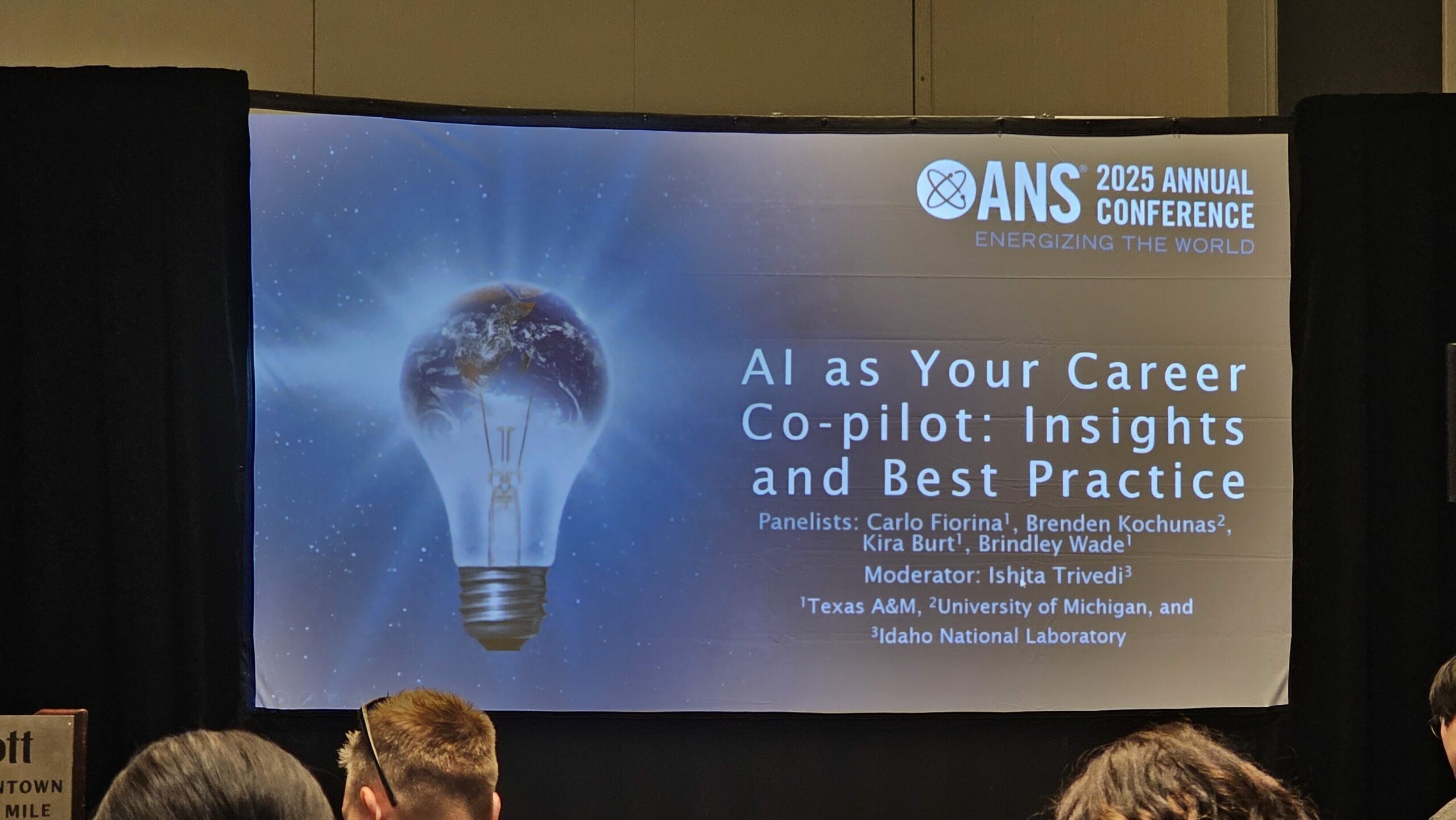
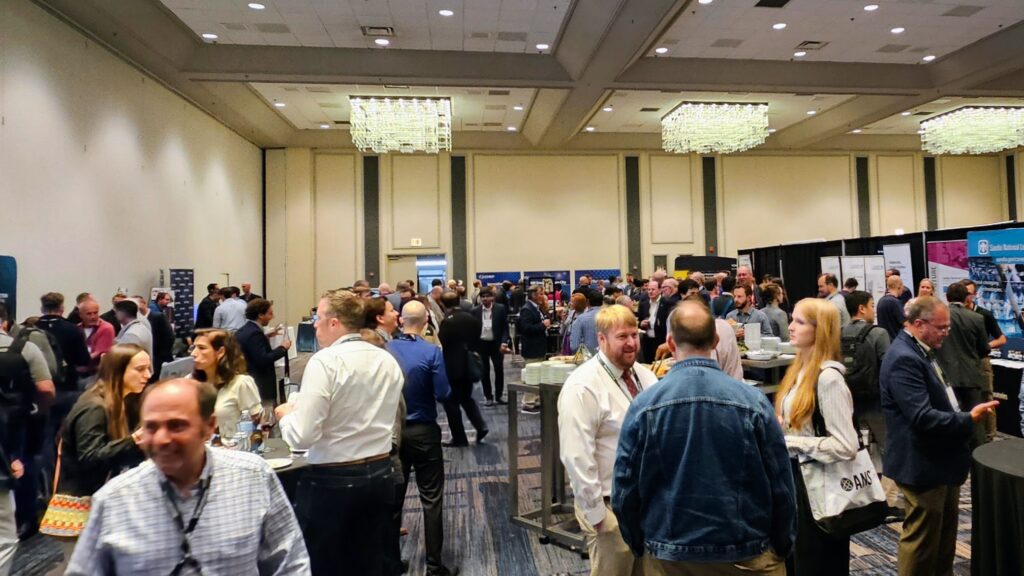
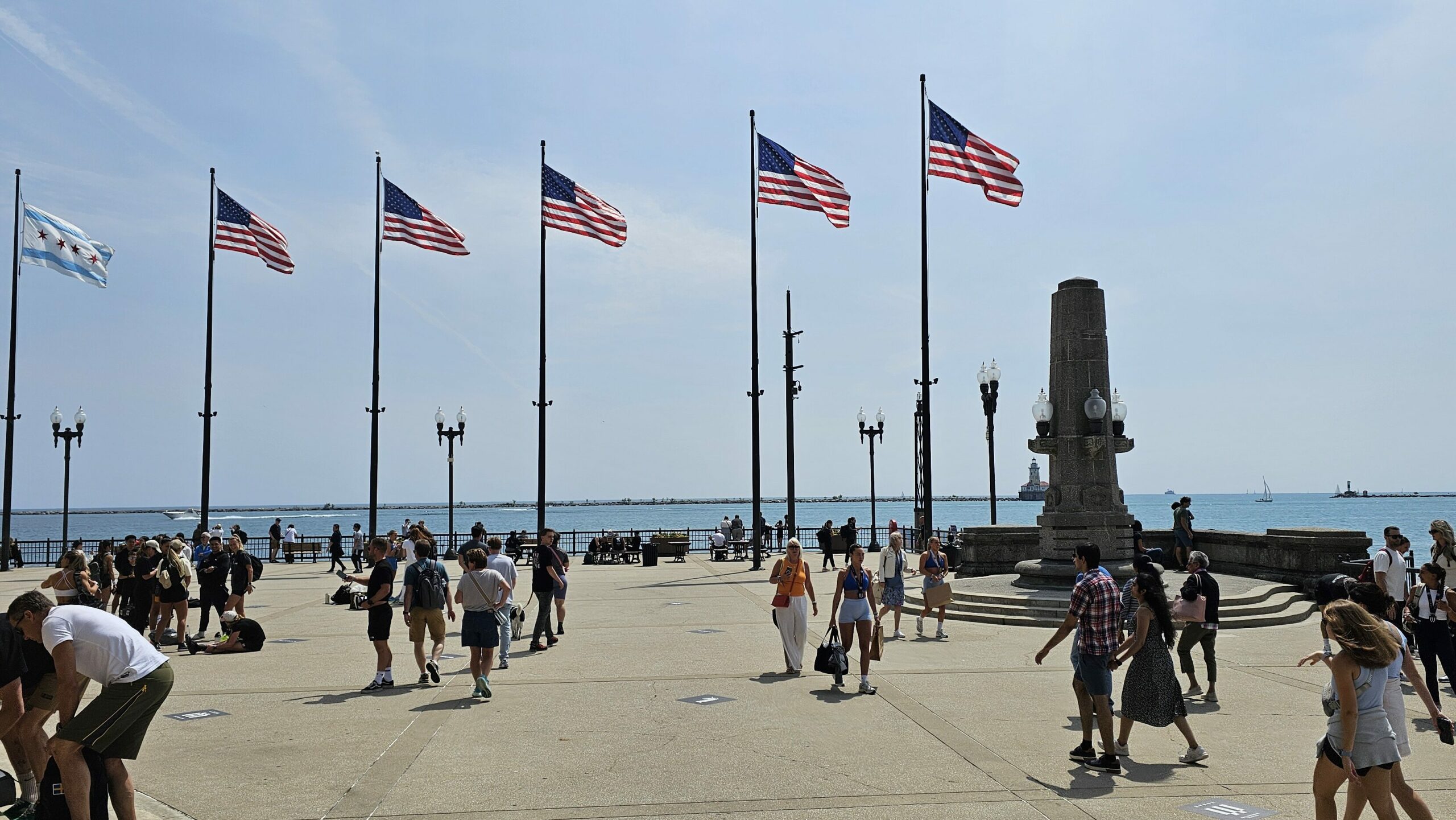

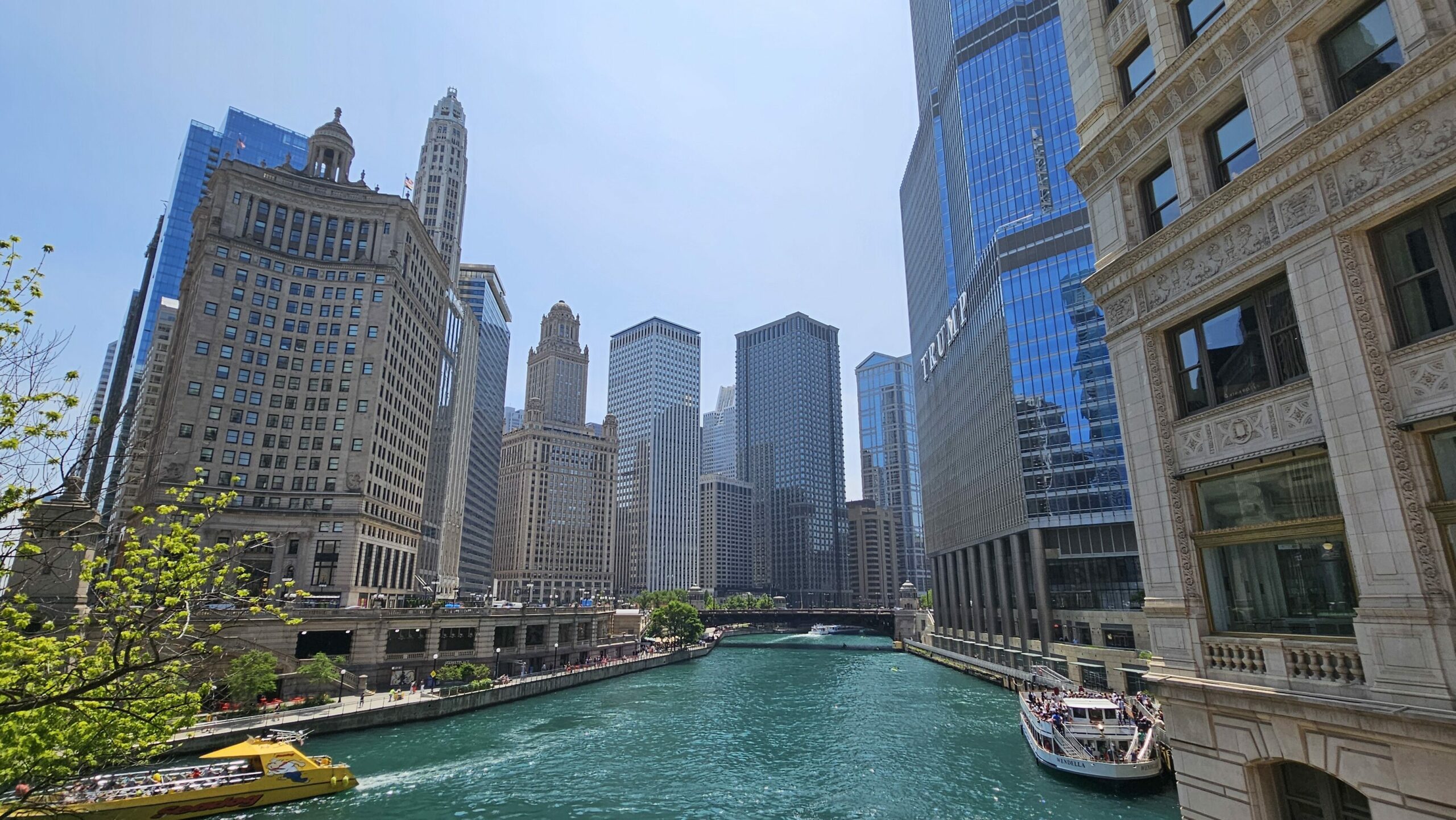
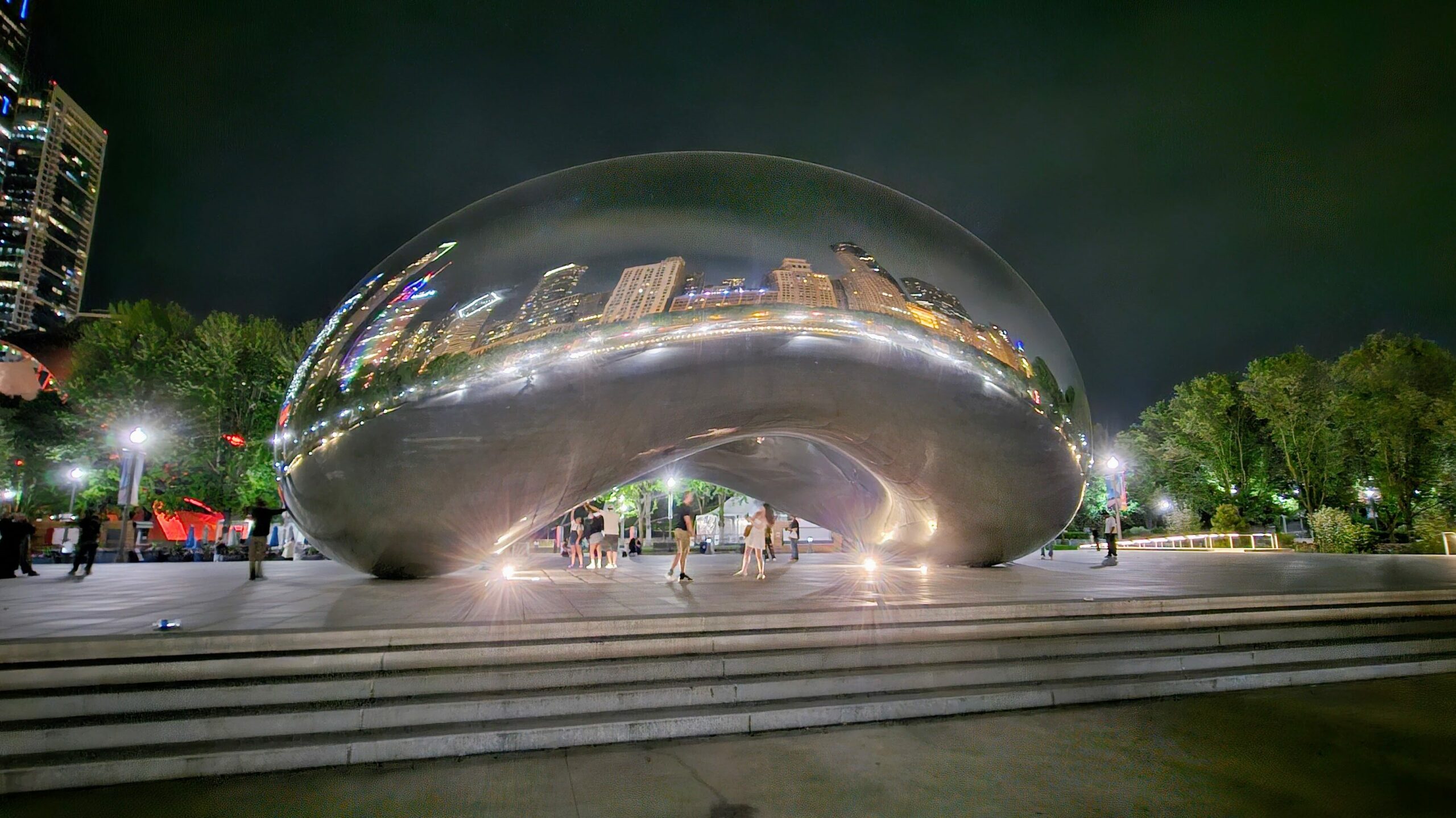
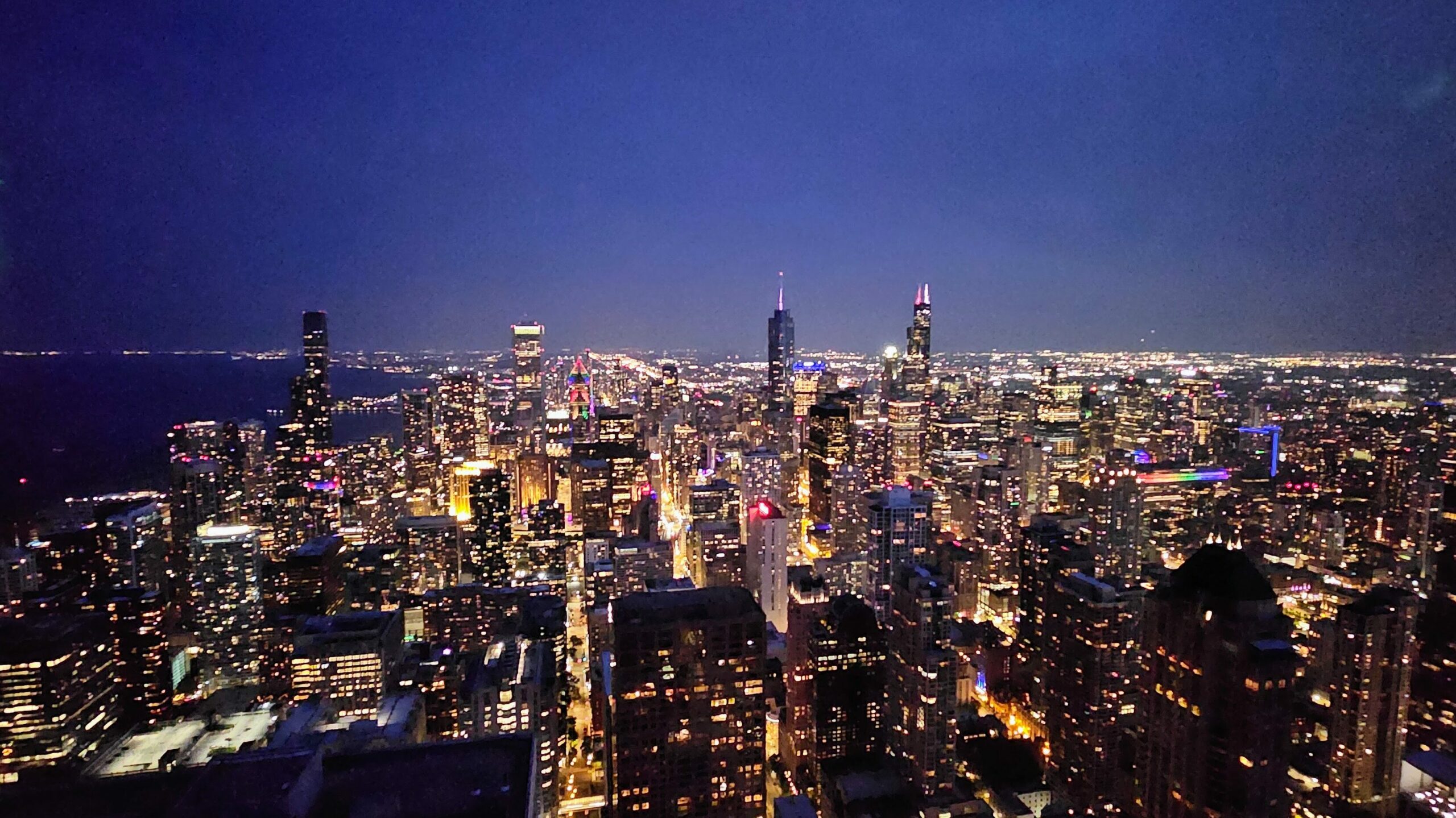
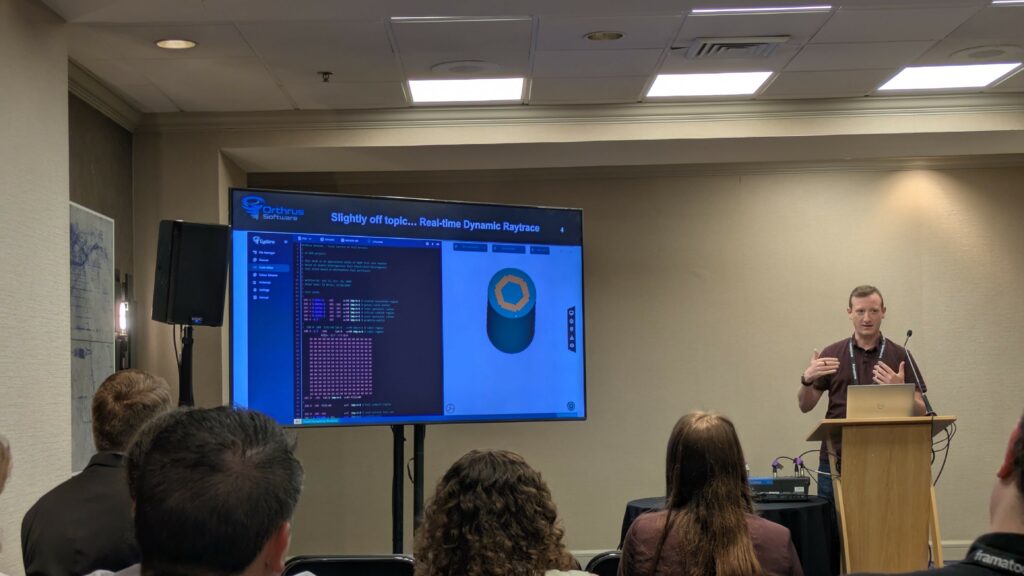
Argonne National Lab – High Energy Research and Reactor History
Distance Travelled: 24.5 miles / 25,872 Smoots (Chicago to Argonne)
Upon leaving Chicago, we toured Argonne National Laboratory, an epicentre of nuclear history and cutting-edge research. Here, we glimpsed the remarkable Advanced Photon Source - an immense high-energy X-ray facility where researchers worldwide collaborate on groundbreaking science.
A highlight of the tour was the chance to touch a graphite block from the historic Chicago Pile 1 - the world’s first nuclear reactor. Additionally, we learned a great deal about Argonne’s pioneering work in science, including sodium-cooled reactor technology and exascale computing.
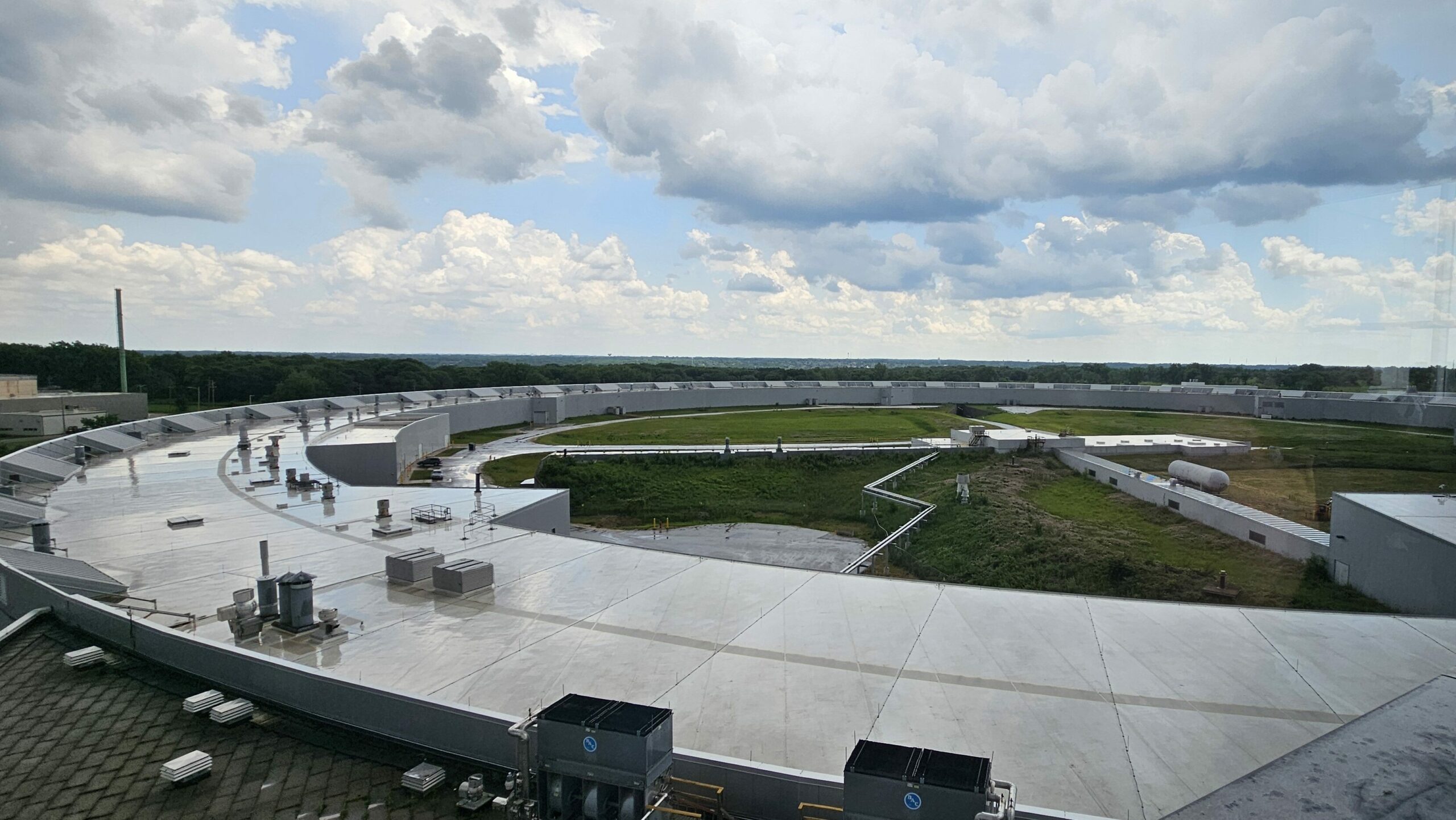
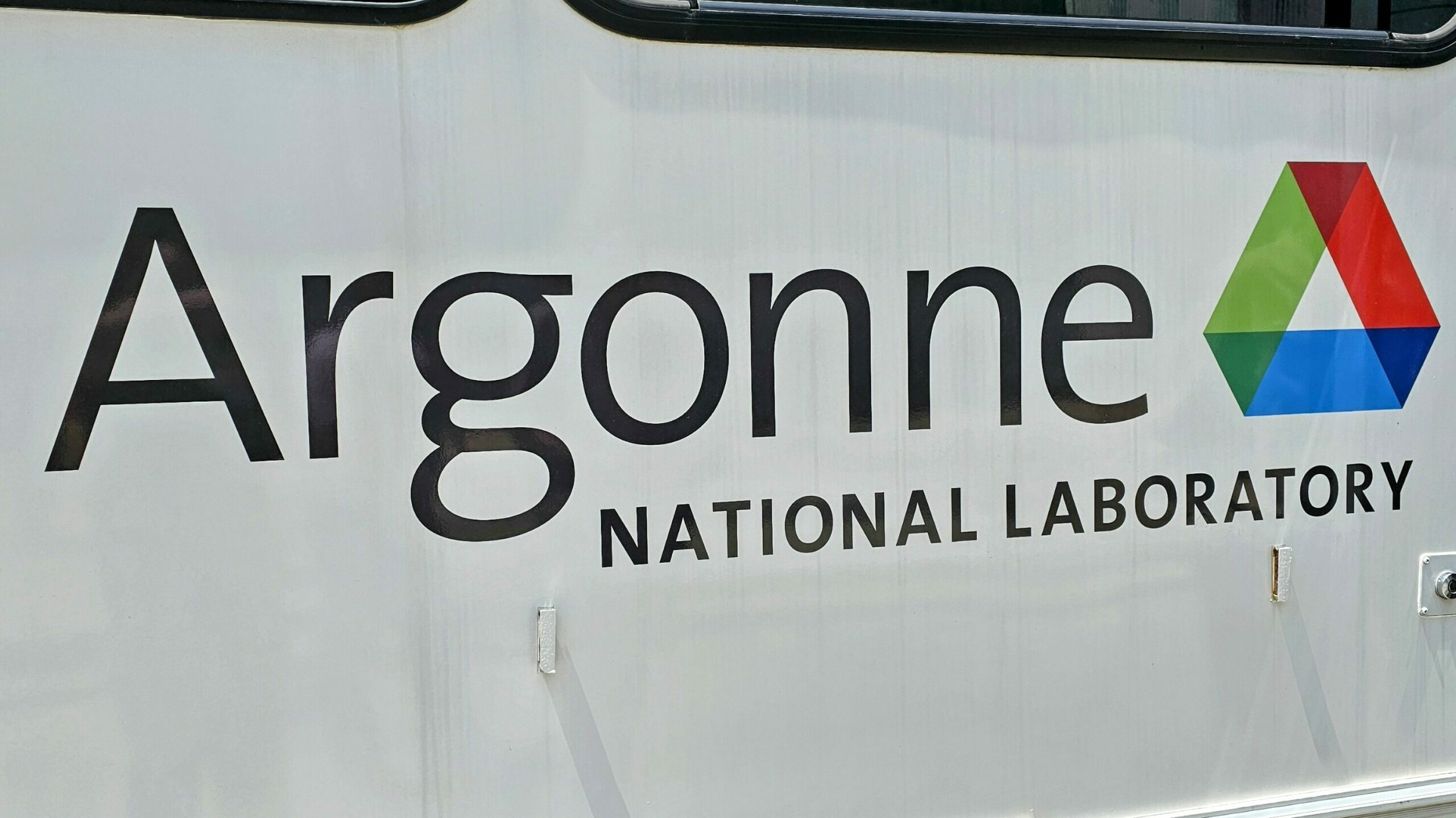
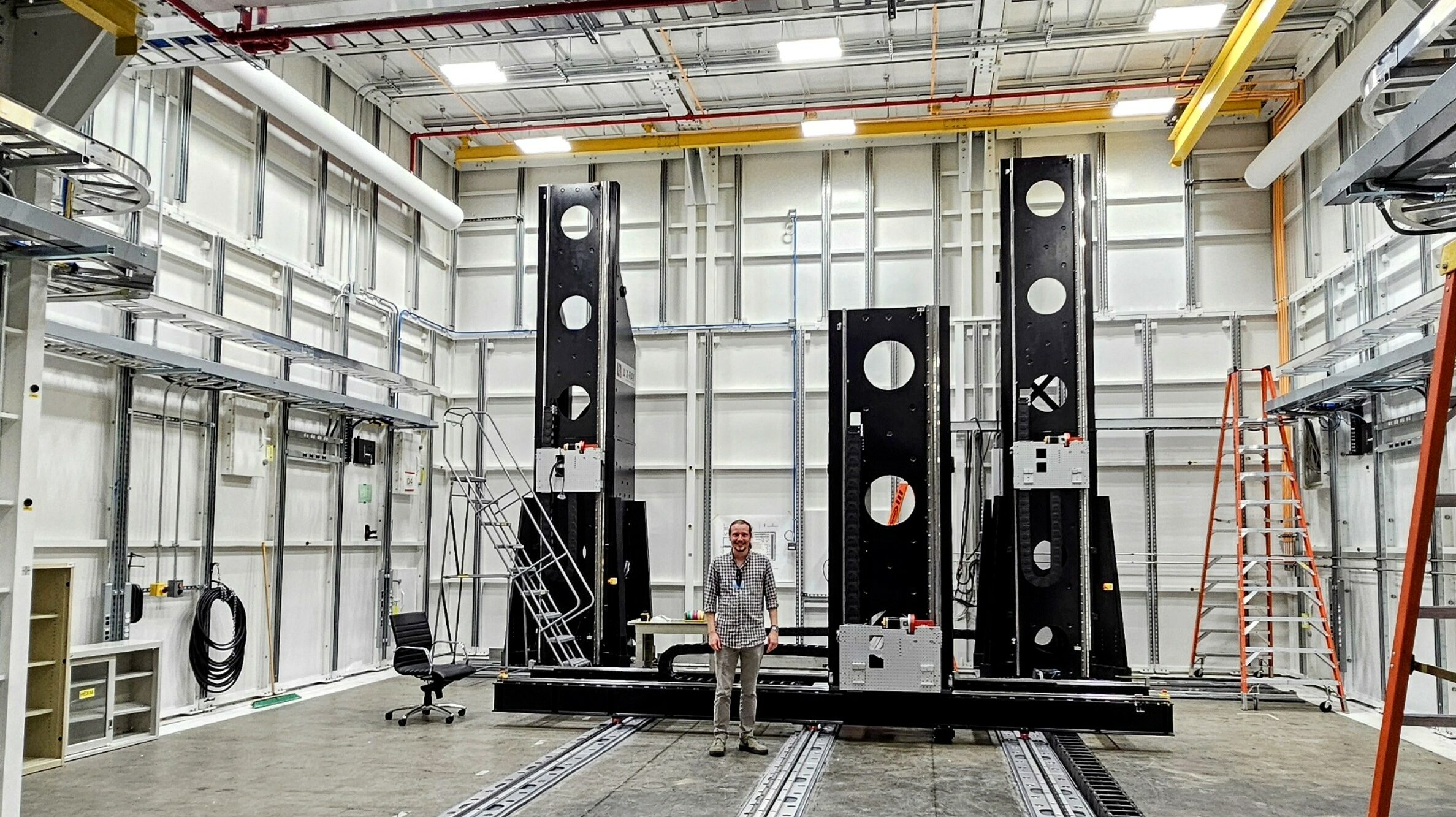
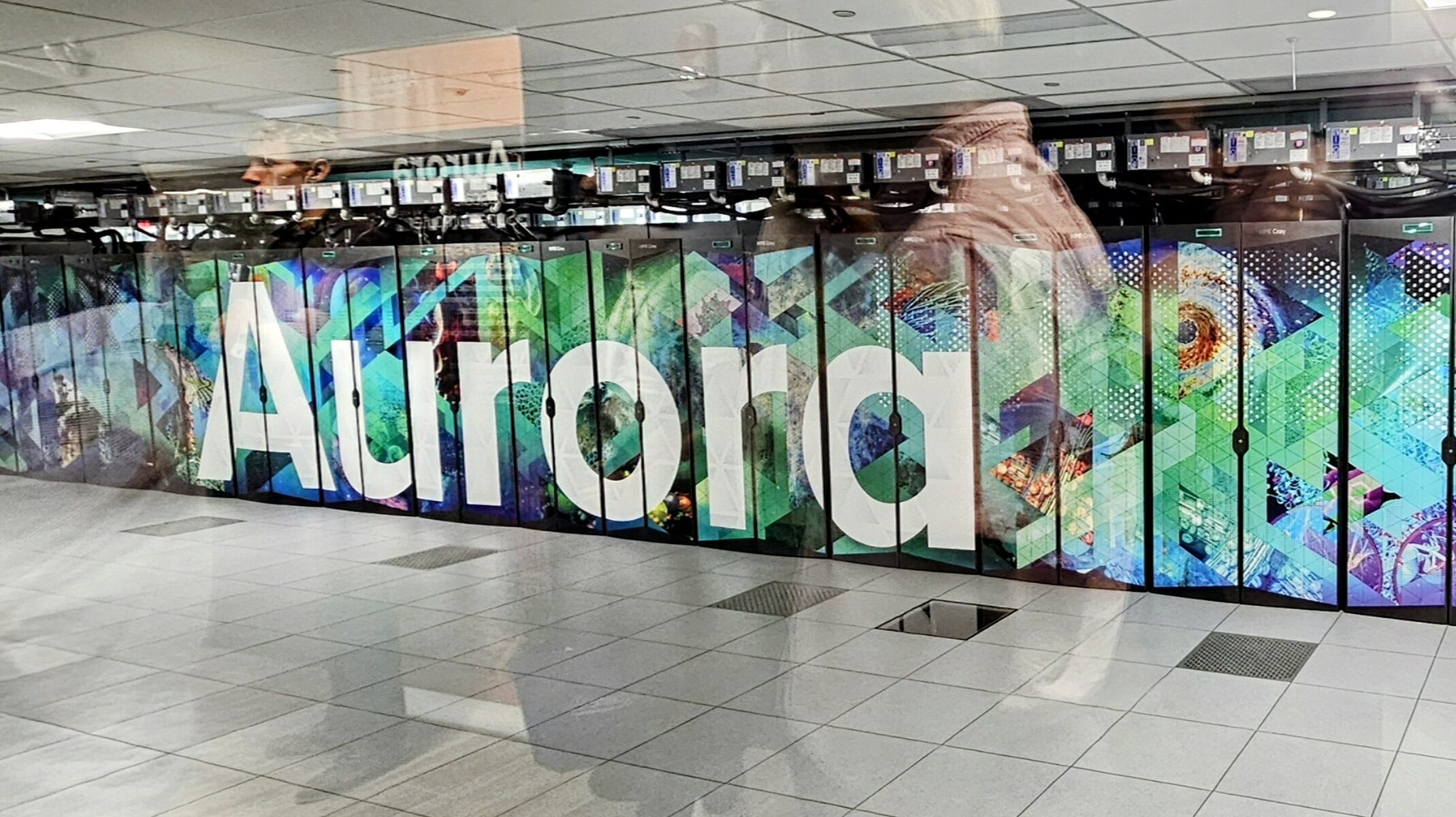
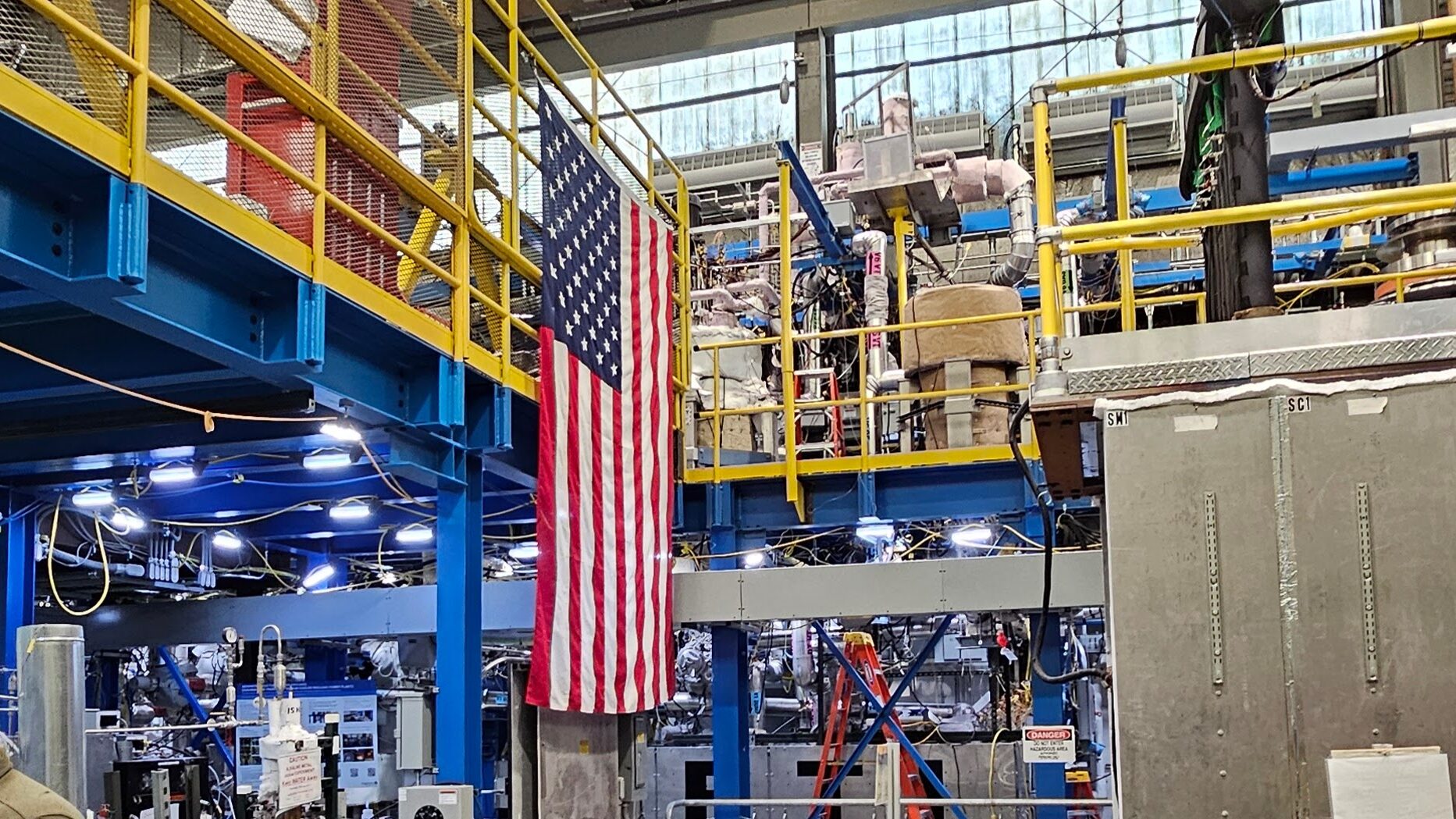
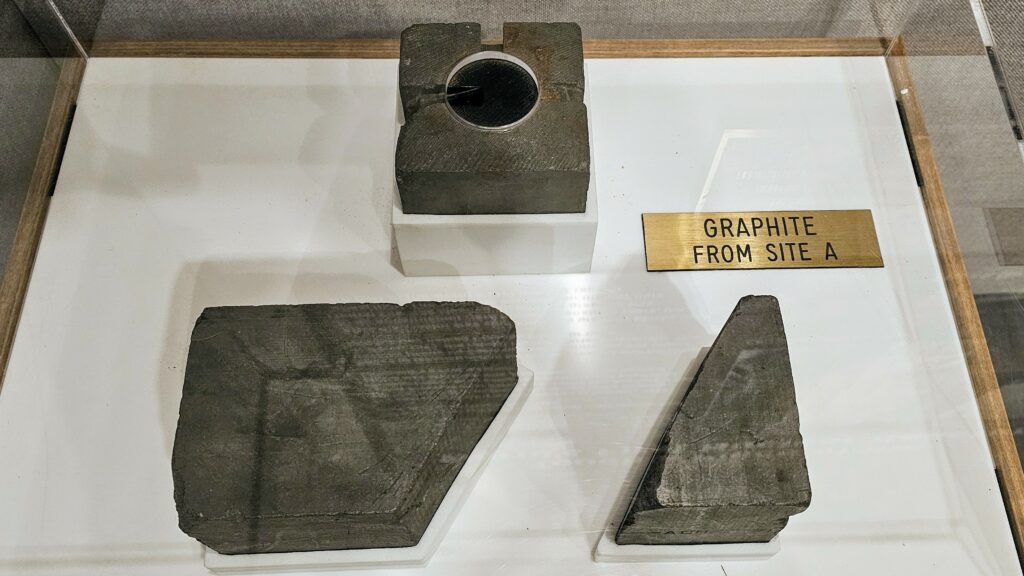
Road Trip Begins – The Open Road
Distance Travelled: 210 miles / 221,760 Smoots (Argonne to Holiday City)
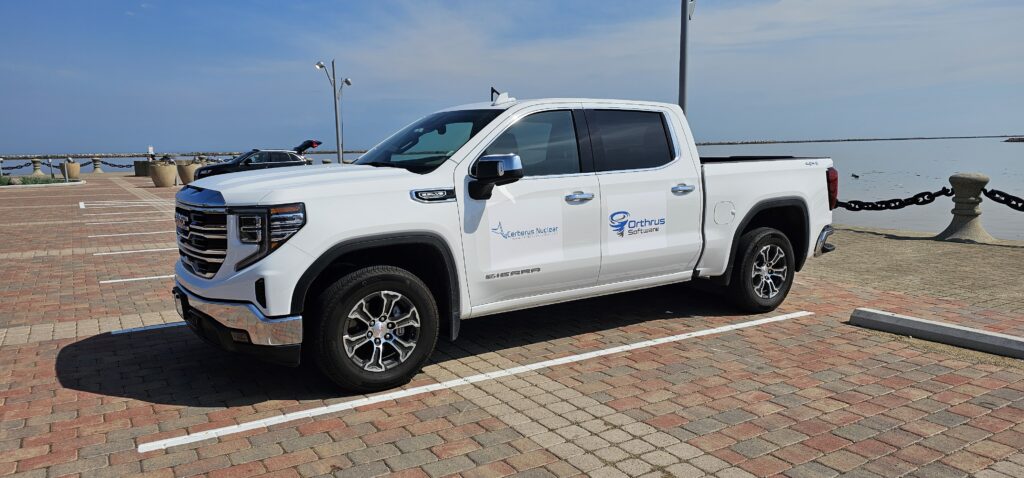
For the next stage of our journey, our trusty GMC Sierra V8 pickup truck carried us eastward on the I90. Despite being absolutely massive, it was surprising easy to drive and powered us comfortably along, towering above almost everything in sight. Arriving late at a rather quirky hotel, we had a brief but memorable pitstop, with our sights set firmly on reaching the stunning spectacle of Niagara Falls the next day.
Cleveland to Niagara – Rock & Roll, Harleys, and brief trip to Canada
Distance Travelled: 359 miles / 379,104 Smoots (Holiday City to Buffalo via Cleveland & Niagara)
Our next stop brought us to Cleveland’s Rock & Roll Hall of Fame, which pays tribute to iconic bands like The Beatles, The Rolling Stones, and even… Def Leppard. With eardrums still intact, we found a playlist with 100s of hall of fame hits which got us through the many miles of driving. As we continued our journey, we visited a very cool Harley-Davidson dealership, where we had to resist swapping the trusty pickup for two hogs.
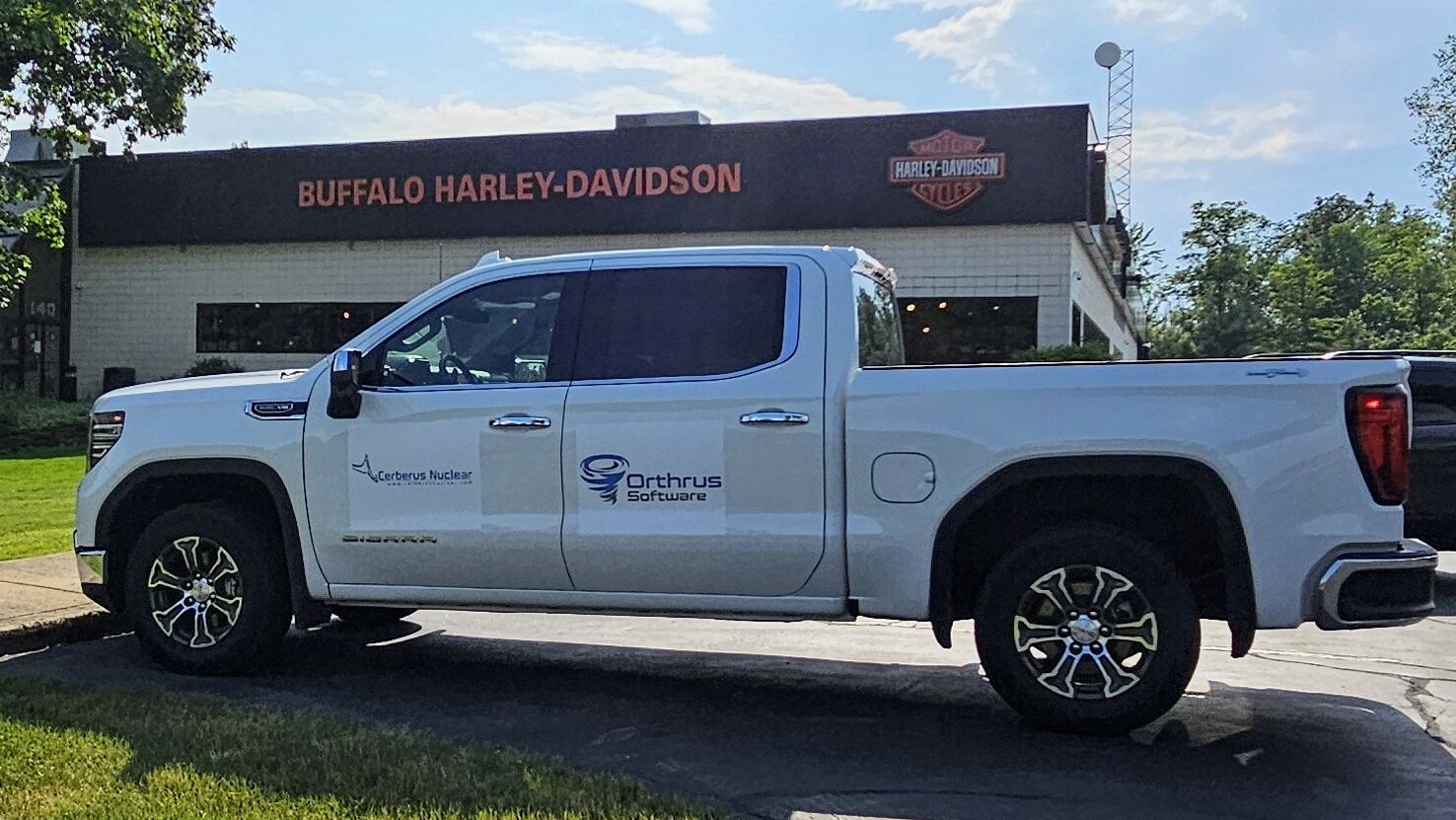
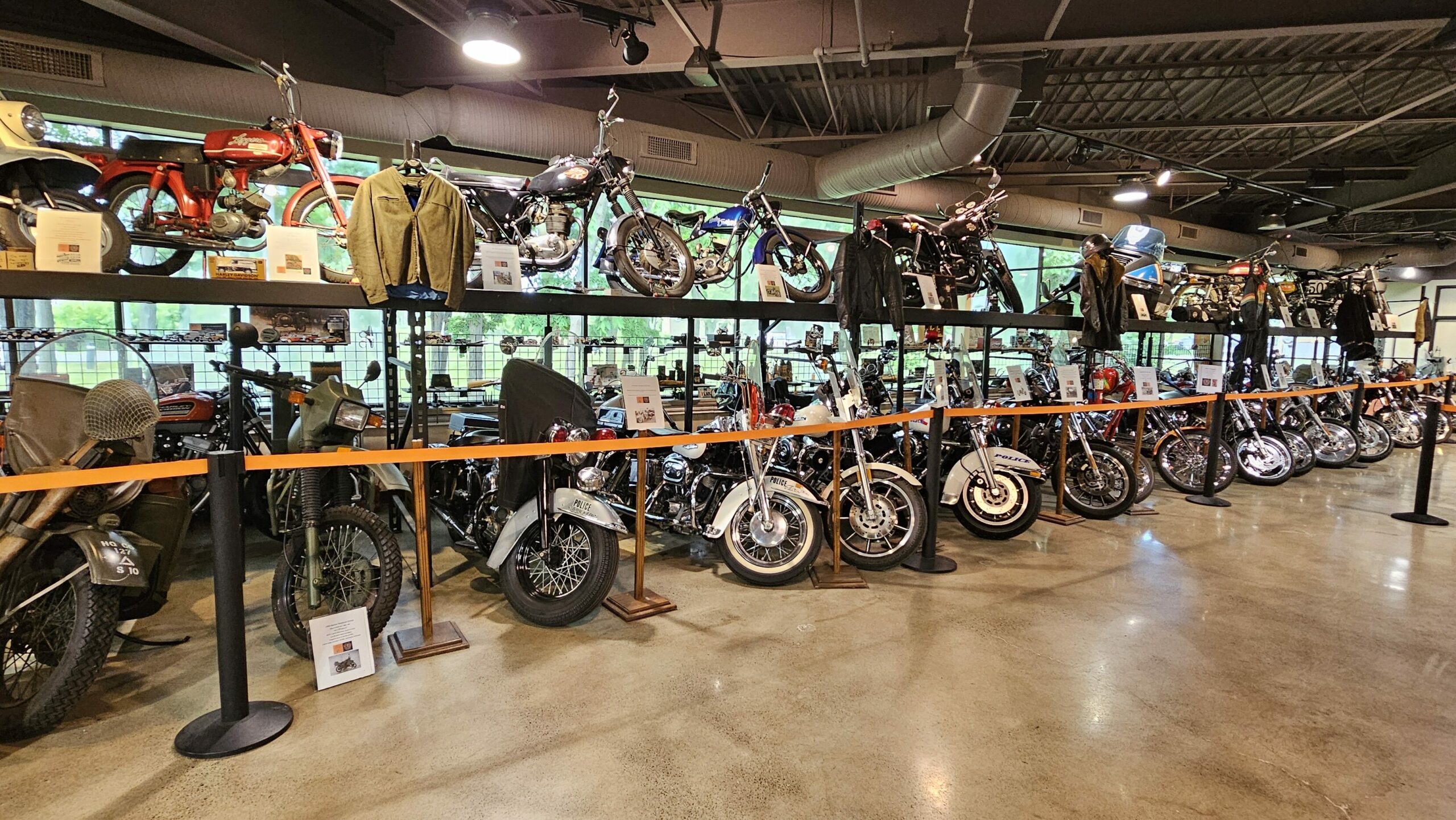
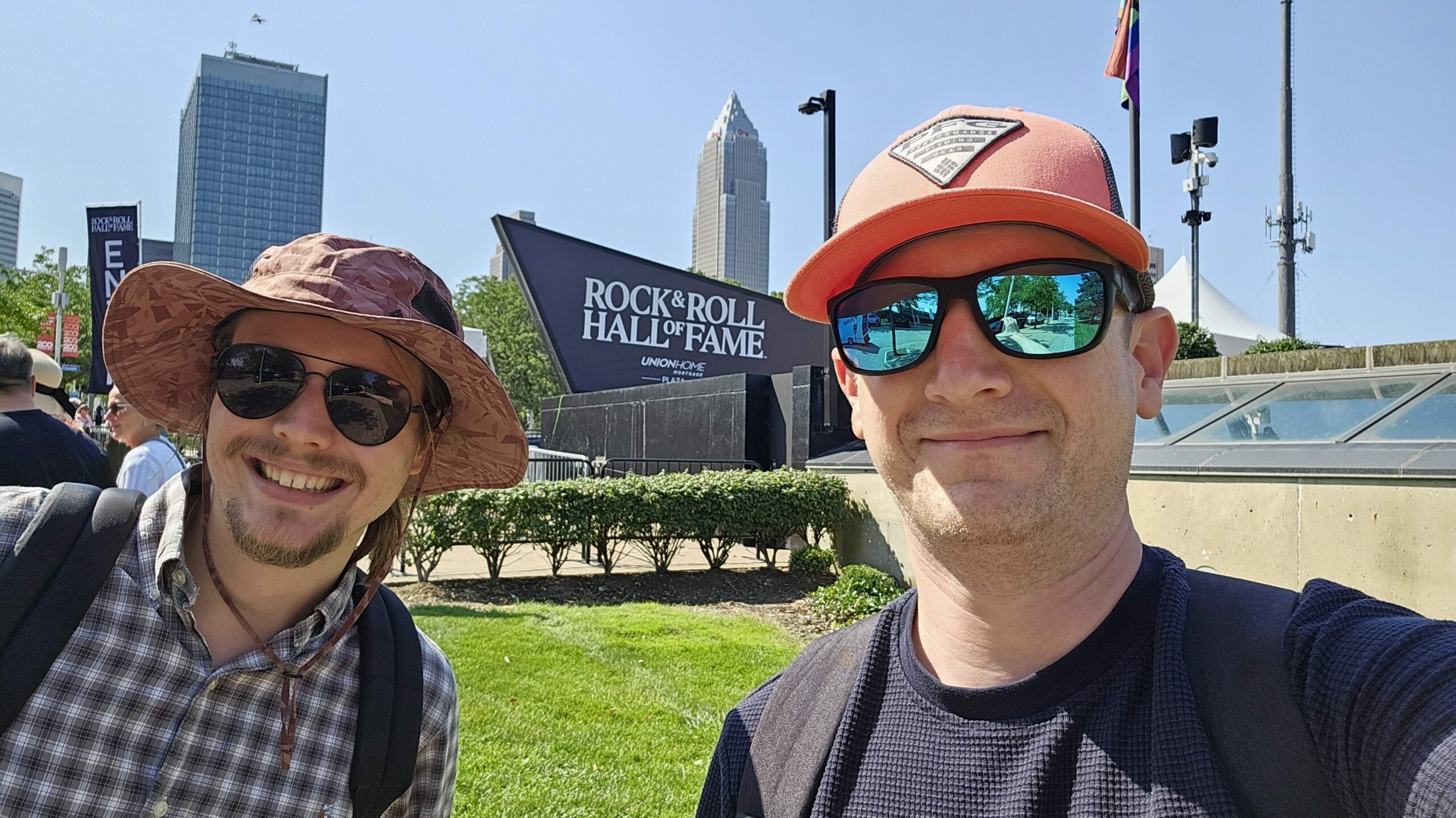
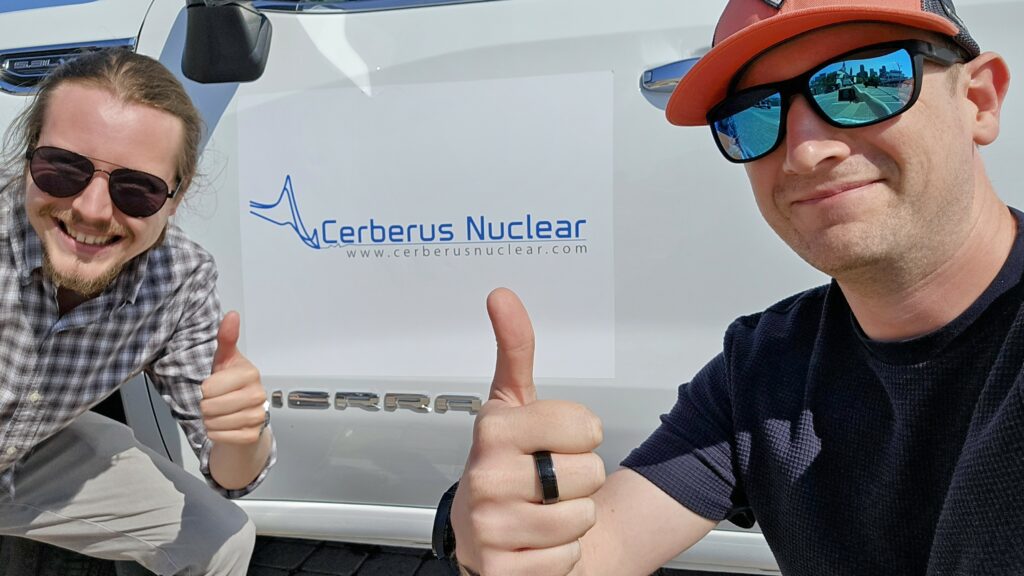
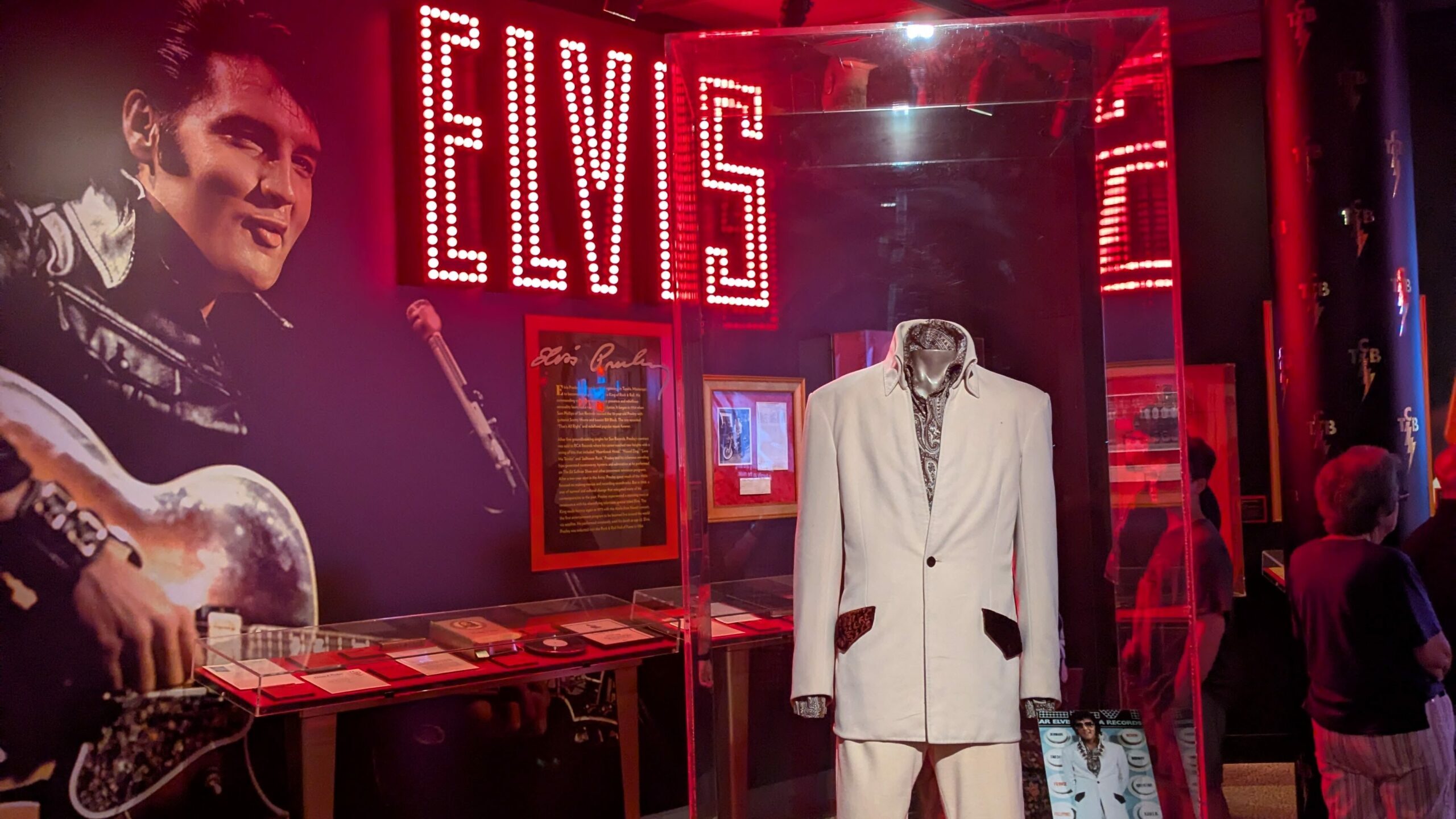
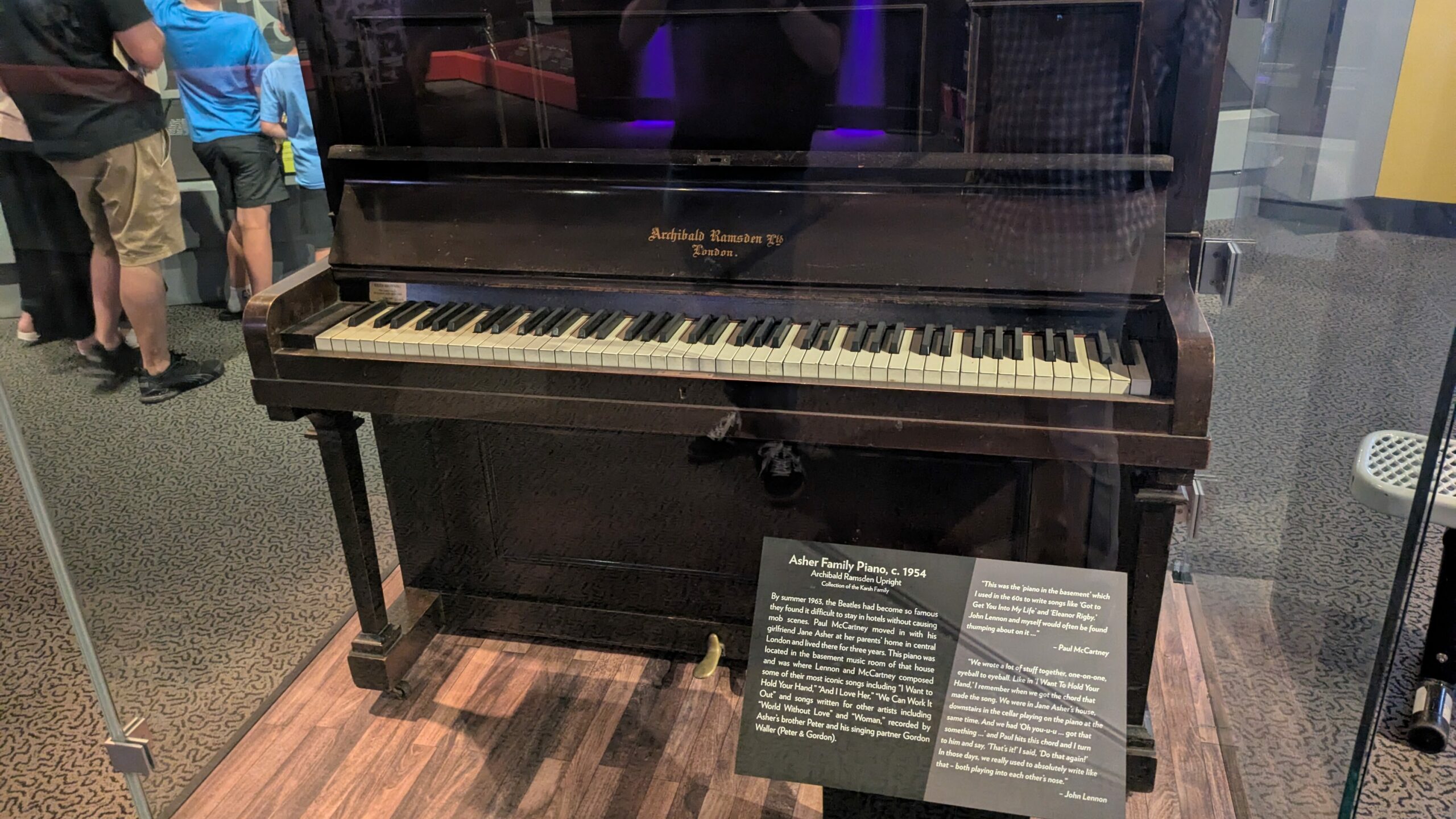
Arriving at Niagara Falls was amazing, especially after hearing enthusiastic reviews from people we’d chatted with at ANS. They suggested we cross the Rainbow Bridge into Canada for the best views, and they weren’t wrong. Fortunately, the border officials let us back into the States after buying quite a lot of maple syrup.
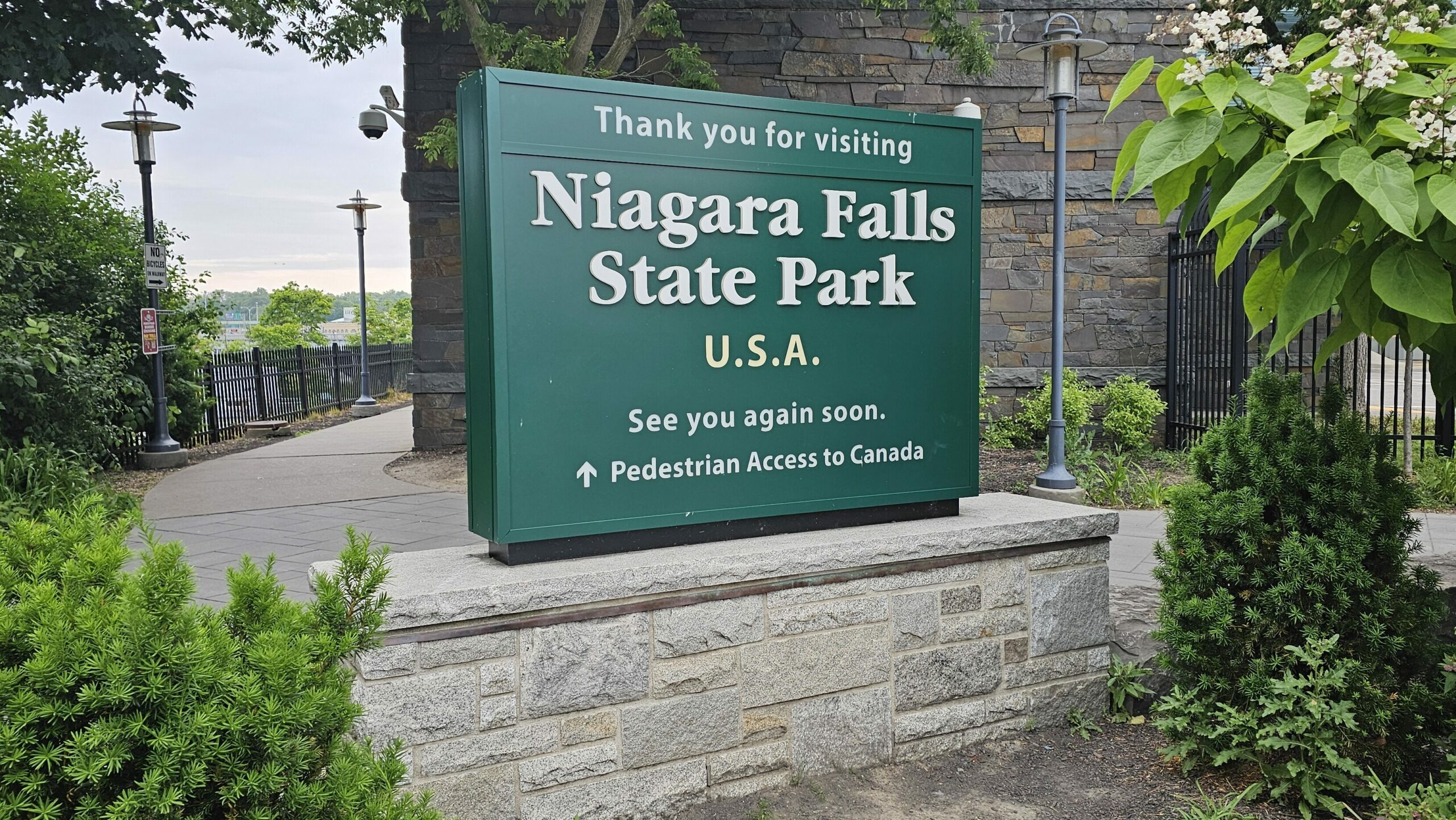
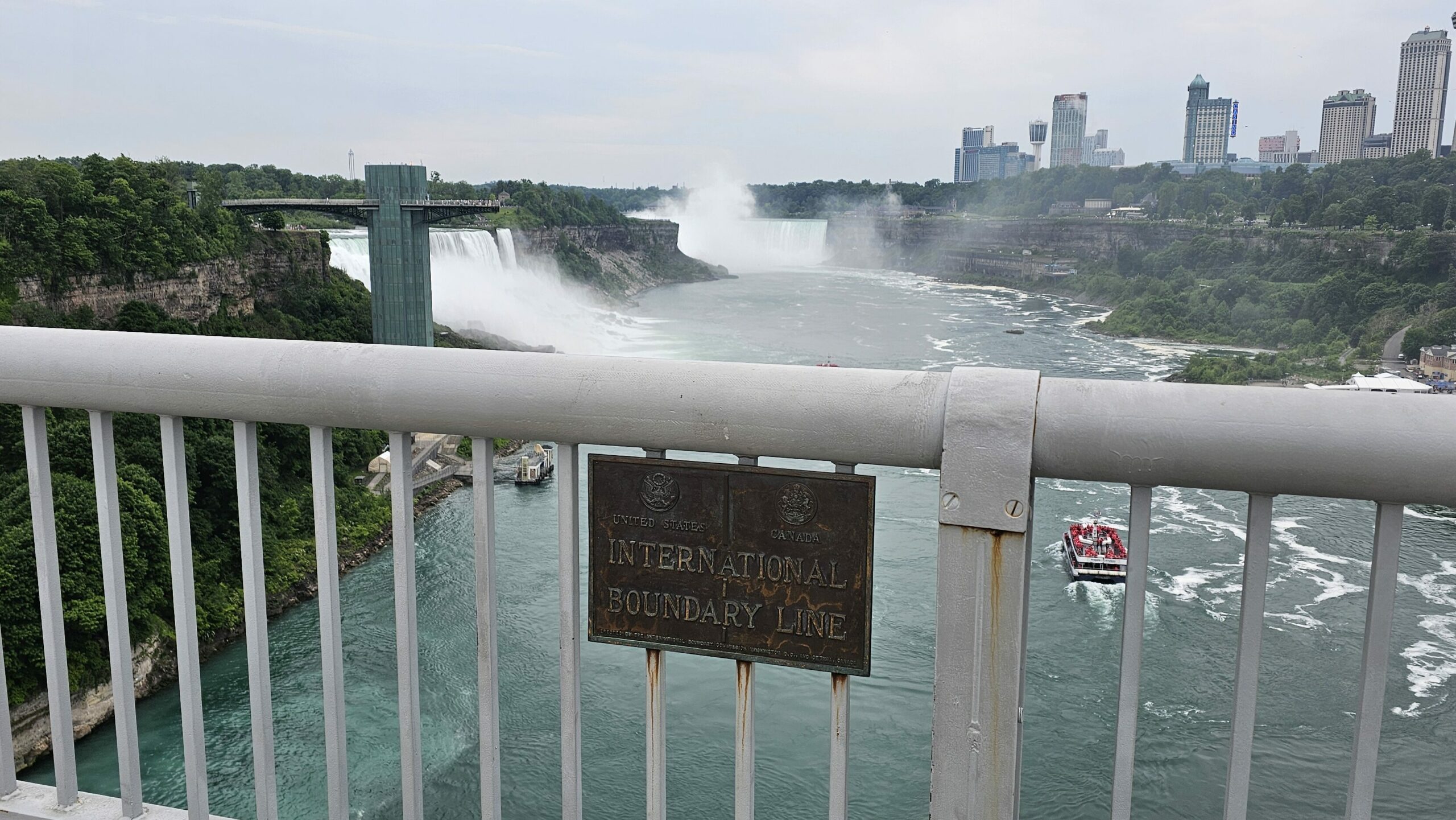
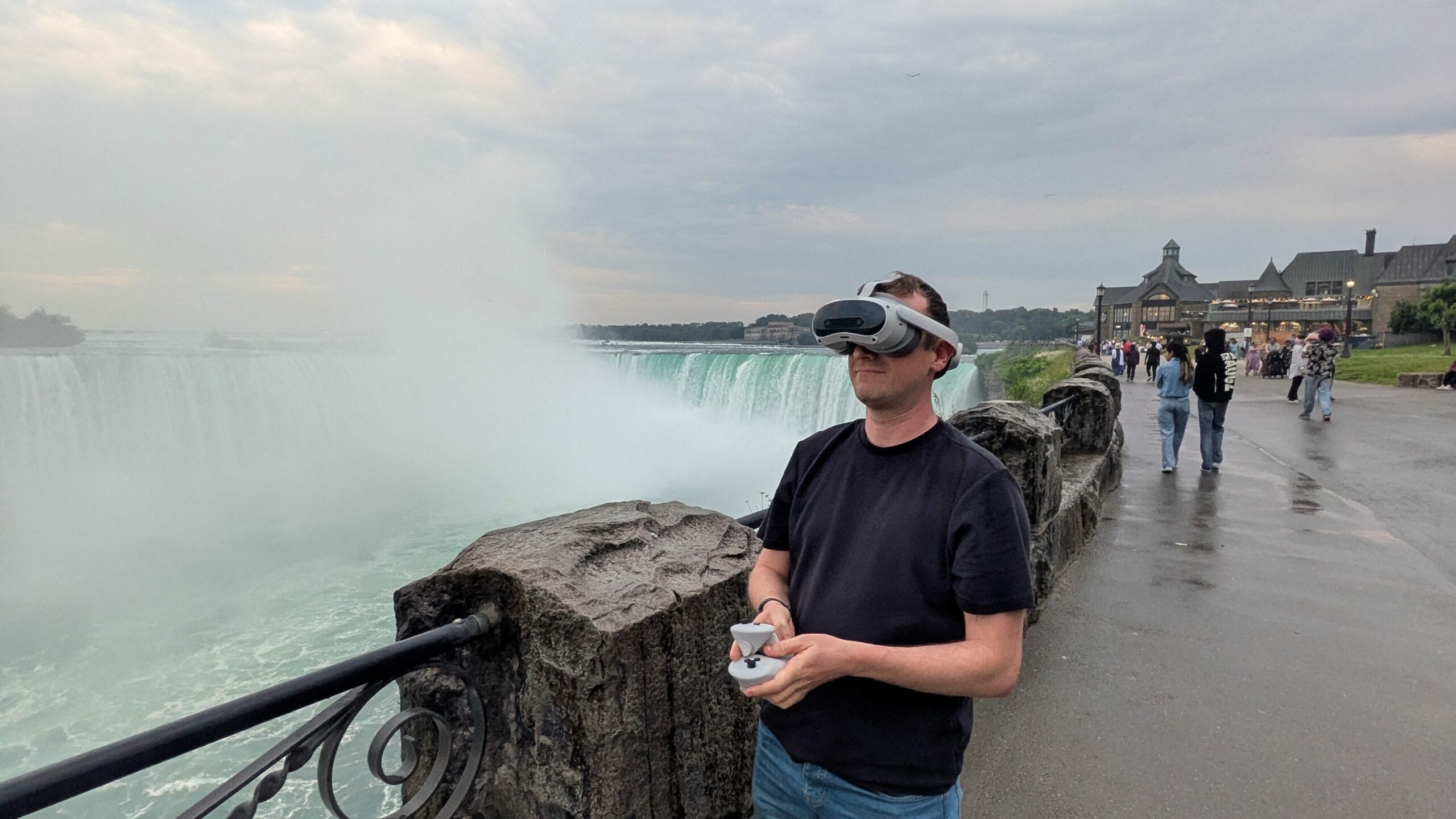
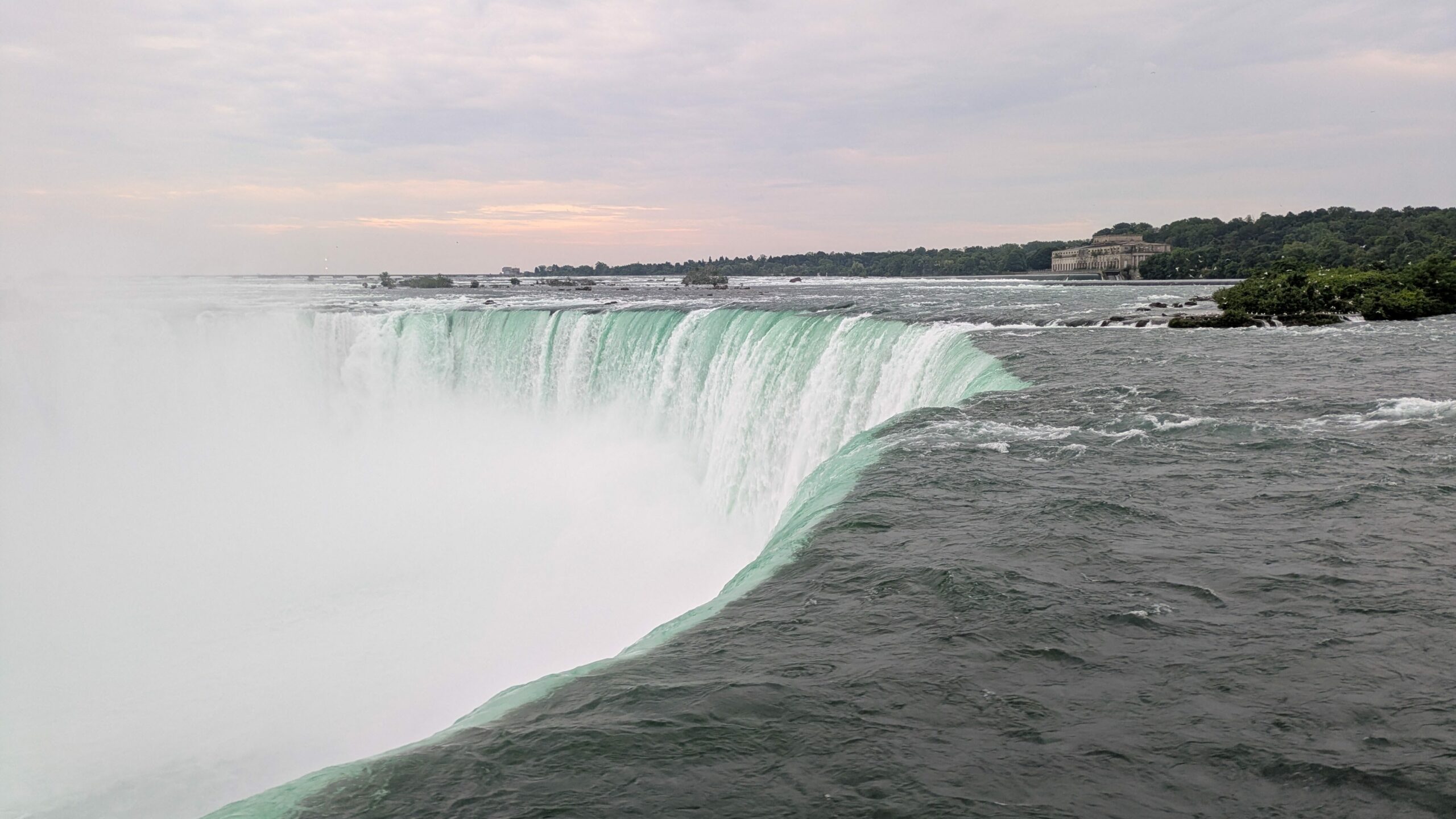
Finger Lakes to Springfield – Nature, Baseball and Some American Culture
Distance Travelled: 240 miles / 253,440 Smoots (Buffalo, NY to Springfield, NY, via Montezuma, Skaneateles, and Cooperstown)
Leaving the interstate we drove through the tranquil Finger Lakes region, stopping at Montezuma Wildlife Refuge where a huge eagle statue stands on the roadside. Birdwatching with binoculars from Nuclear Talent Scout exhibiting at ANS was great - thanks for freebie, they were put to good use!
Continuing our drive, we made a memorable stop in the lakeside town of Skaneateles, enjoying much needed coffee and pastries. The locals found it quite amusing when we said “cheers” after receiving our coffees as apparently this doesn’t quite translate in the USA (along with other phrases like: “we need to get a wriggle on” and: “that’ll take donkeys years”). The town was distinctly upmarket with lots of American flags, the same with all the towns we drove through. It was quite a sight.
Cooperstown guided us through the history of baseball, revealing how it united communities across the states. We unfortunately missed attending a ball game in Chicago due to heavy rain, but there’s always next time! Springfield offered us some excellent German cuisine from a local recommendation, reminding us how cultural influences are very broad across America.
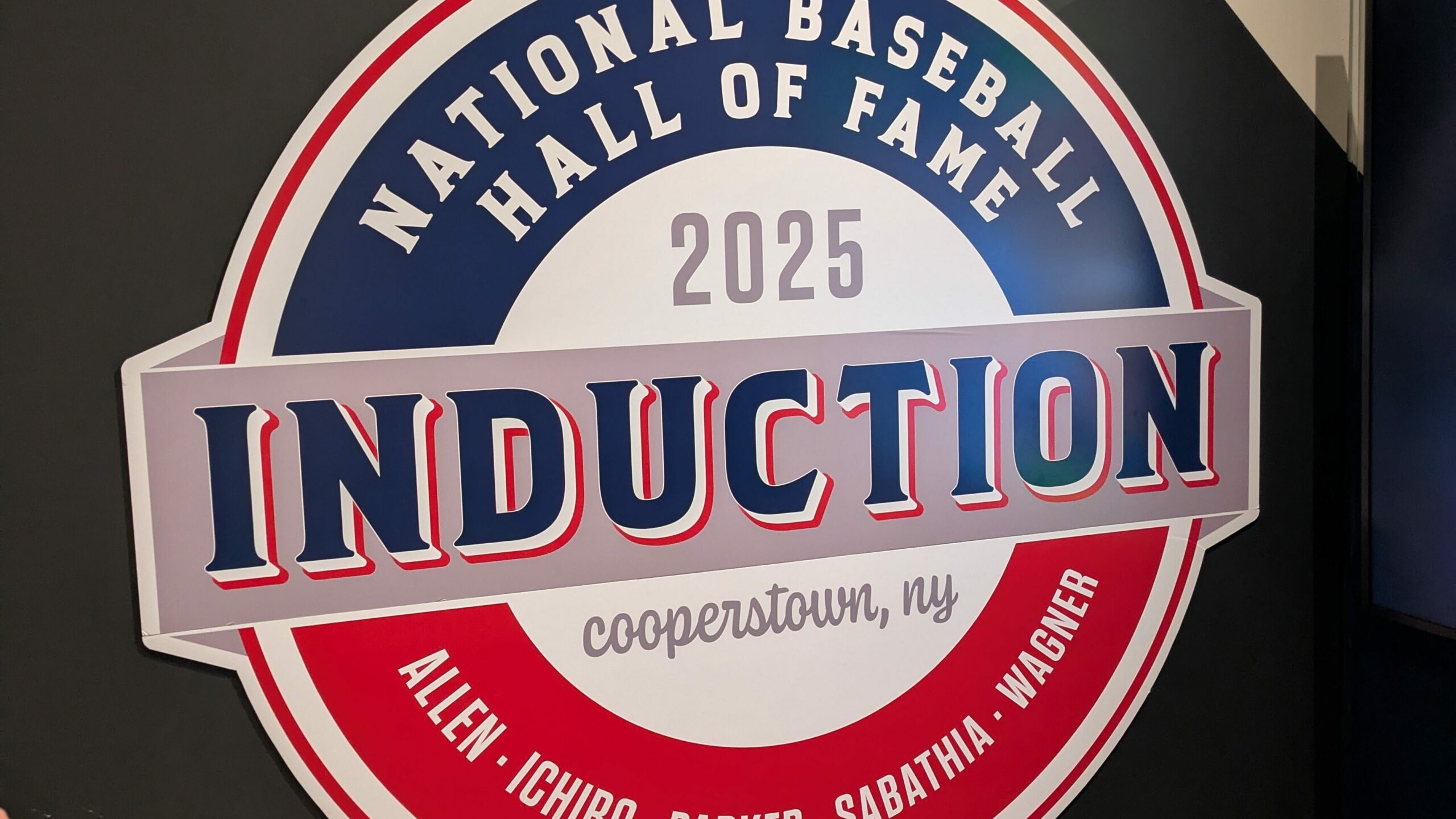
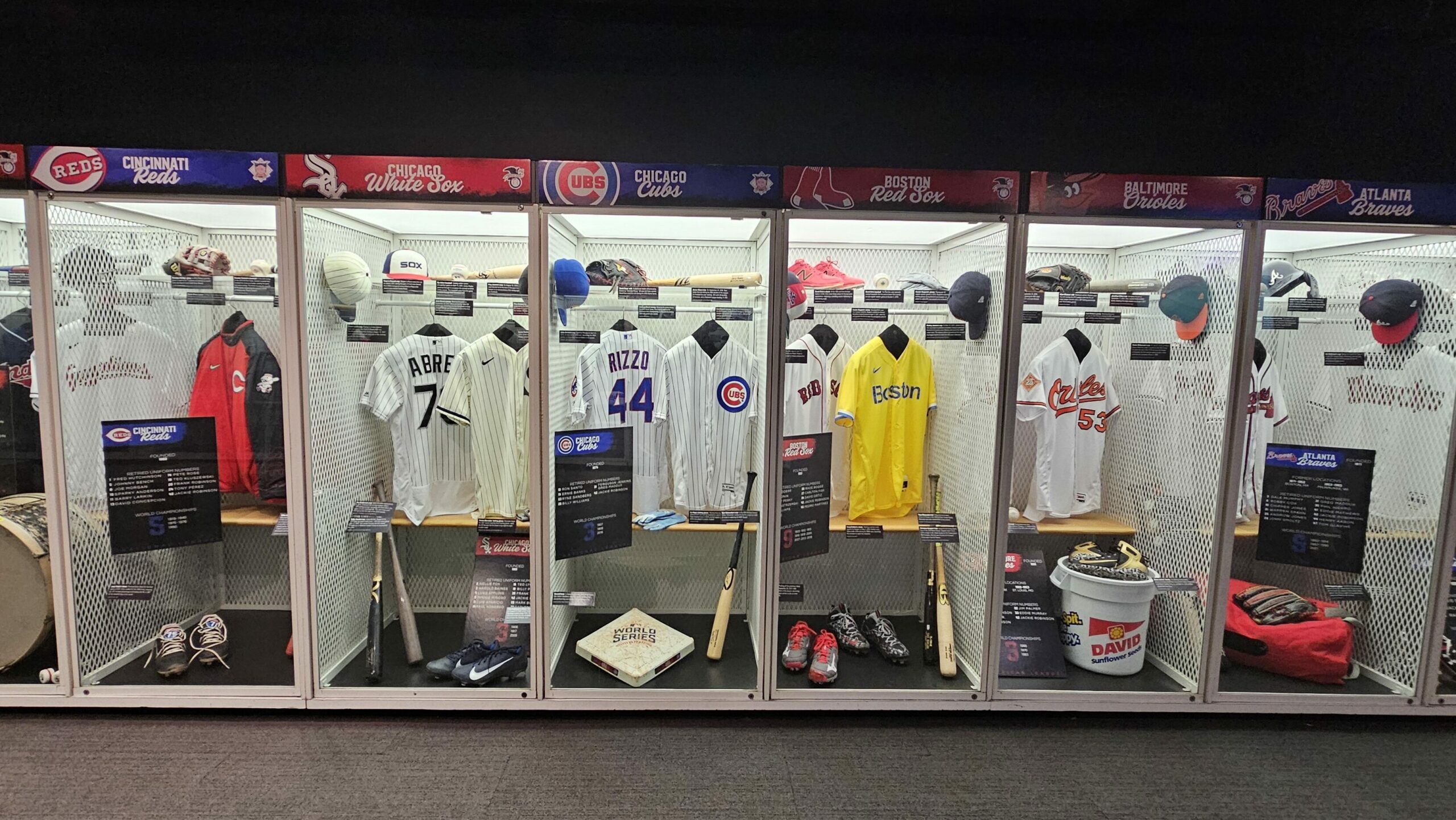
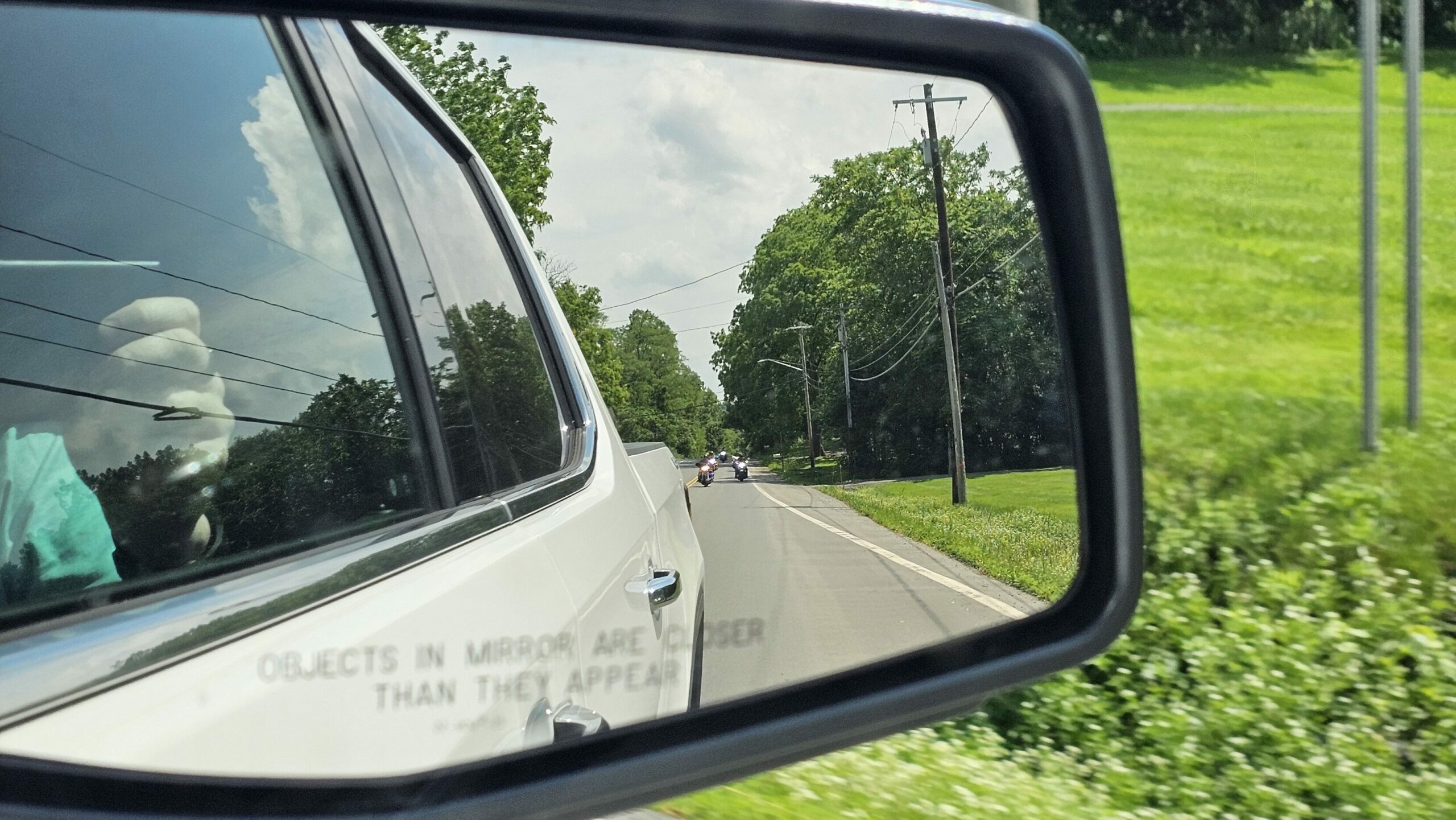
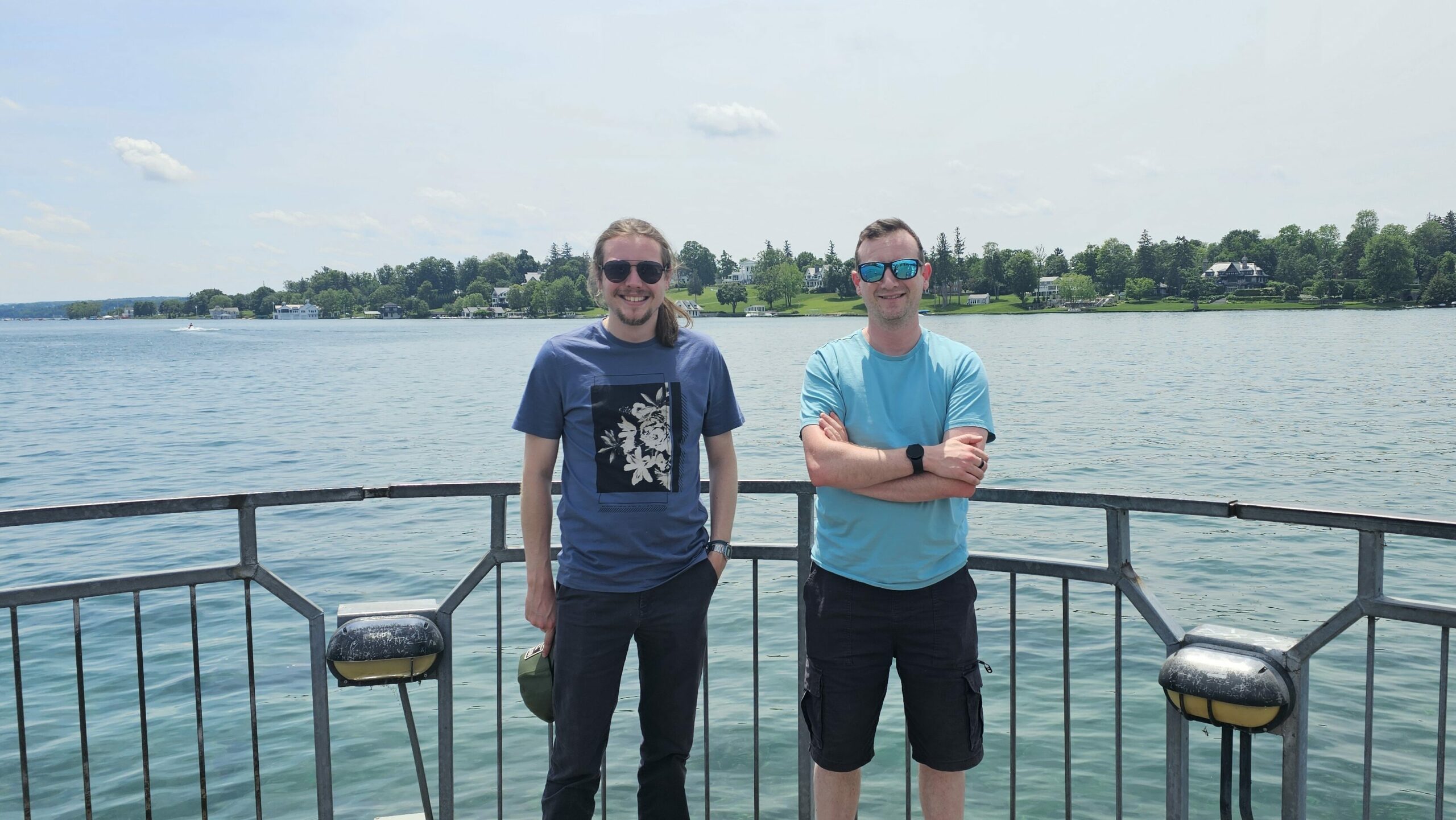
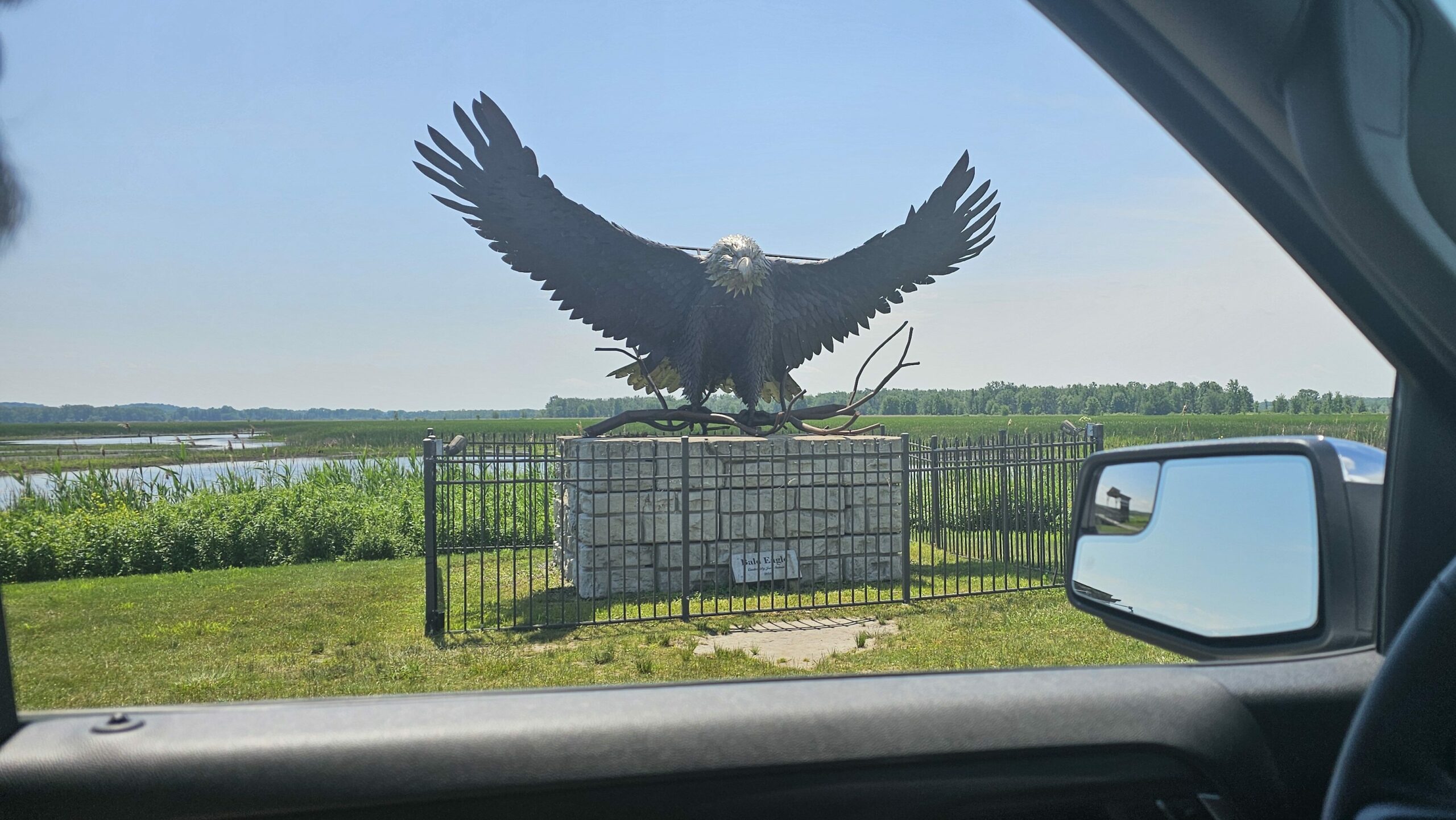
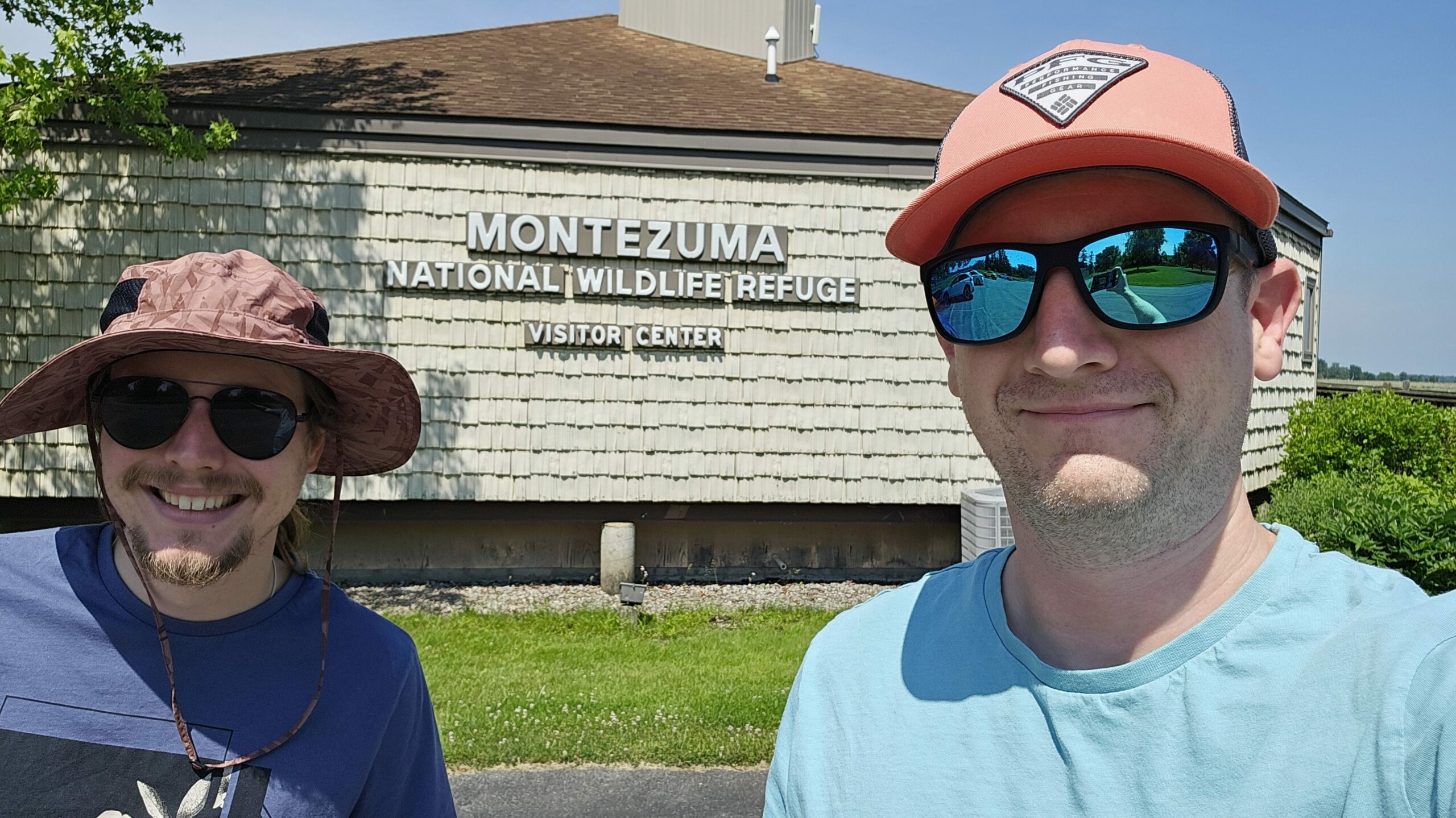
The Last Leg – Battleship Cove and on to Boston
Distance Travelled: 154 miles / 162,624 Smoots (Springfield, MA, to Boston via Battleship Cove in Fall River)
Battleship Cove near Boston gave us a look into maritime history, exploring the USS Massachusetts and USS Swordfish, a humbling reminder of the bravery of people during WW2. Experiencing the confined spaces and harsh conditions onboard made us appreciate just how tough life must have been for the people who spent months at sea. We then departed to Boston. After 4 days of travelling, we were both tired but there was no time to waste! We were straight into the SOFE conference the very next day.
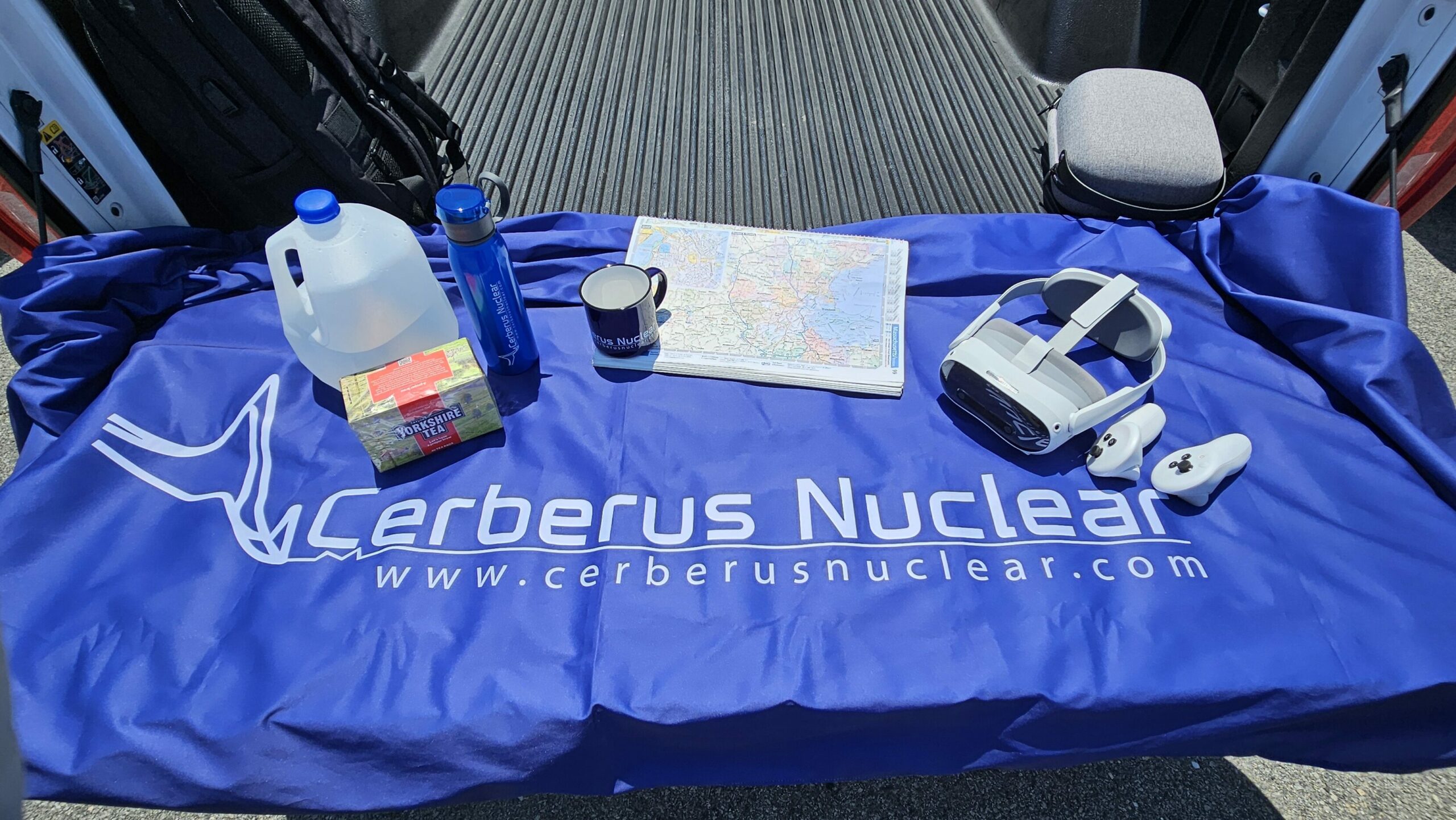

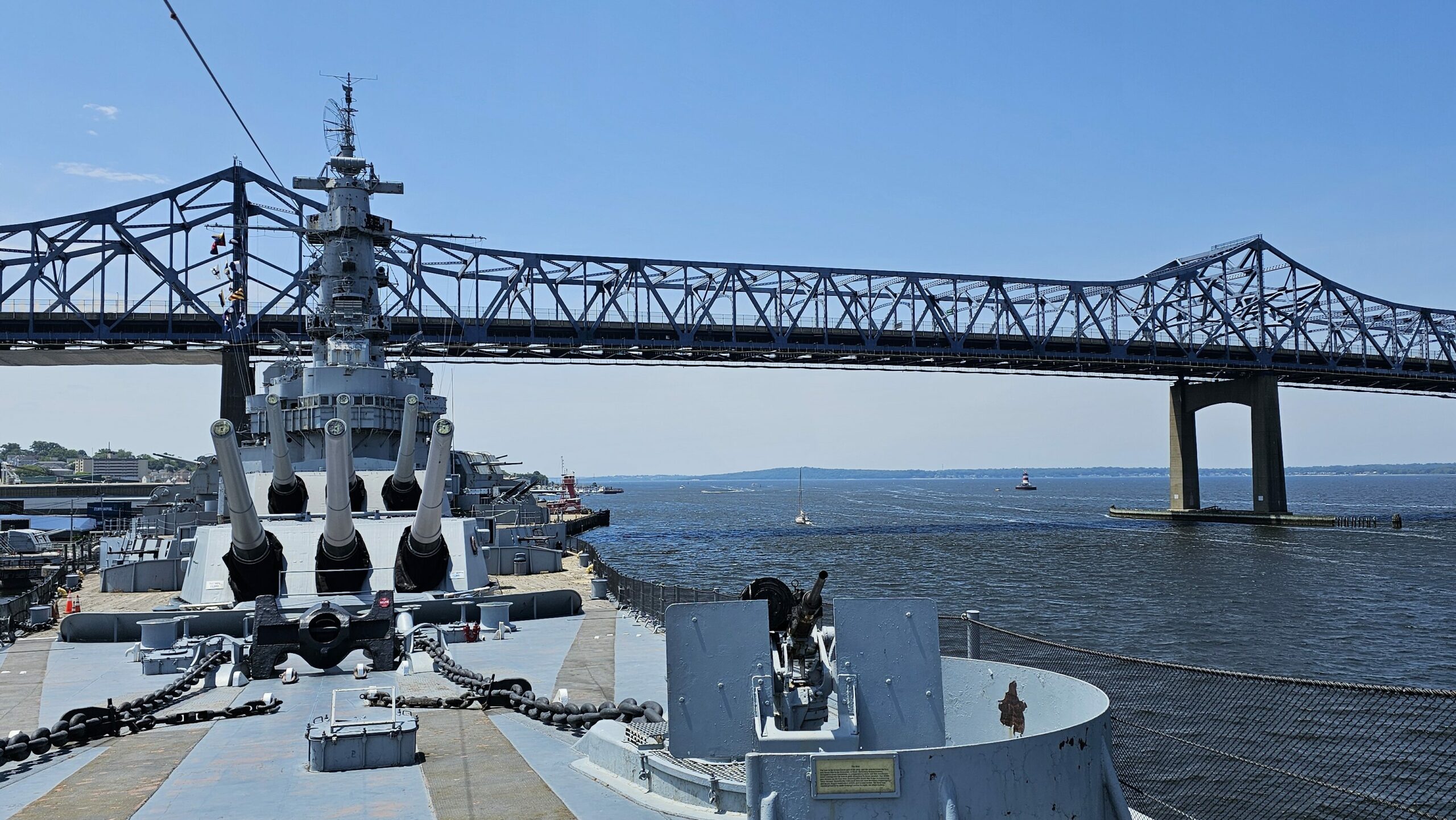
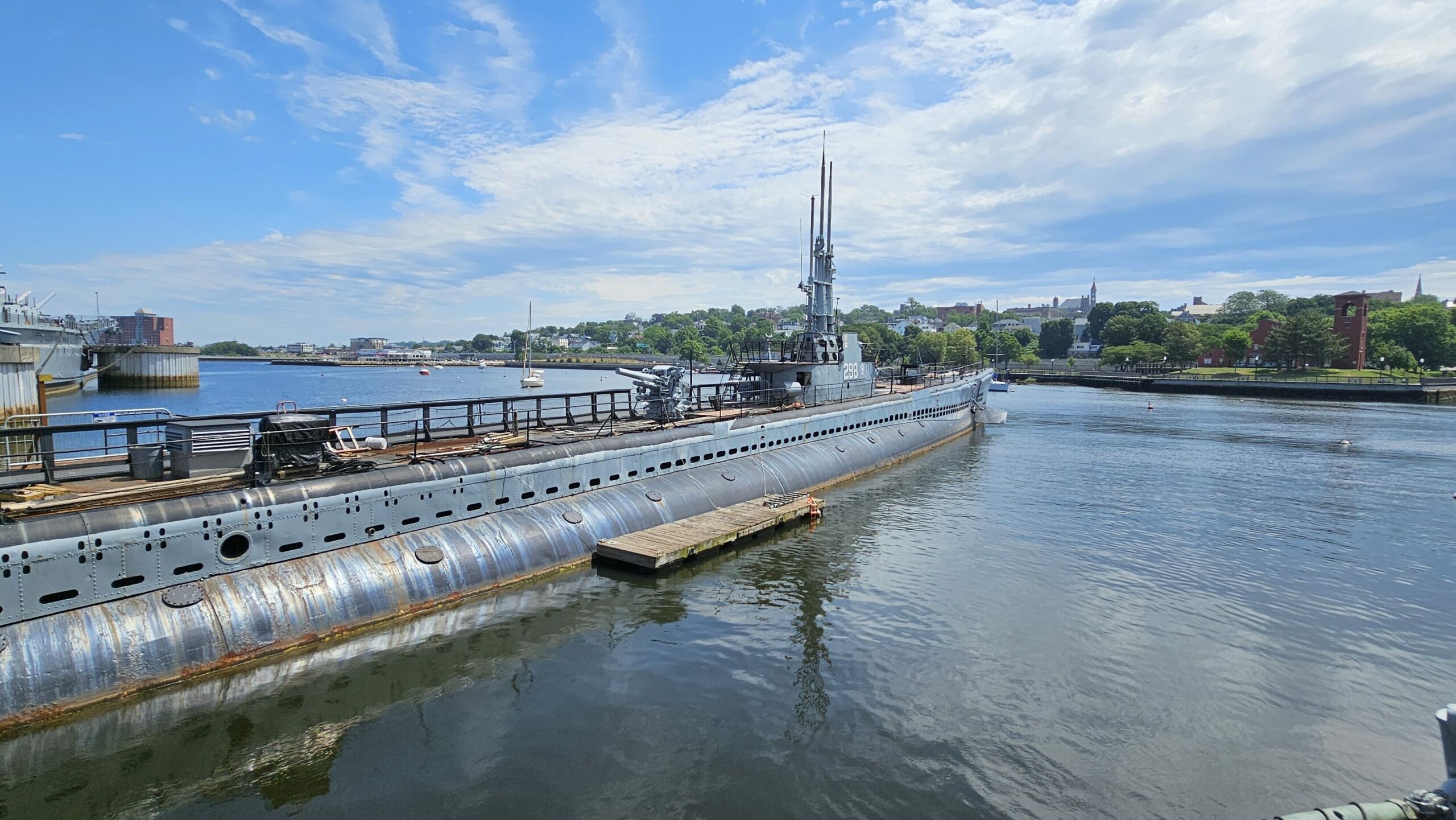
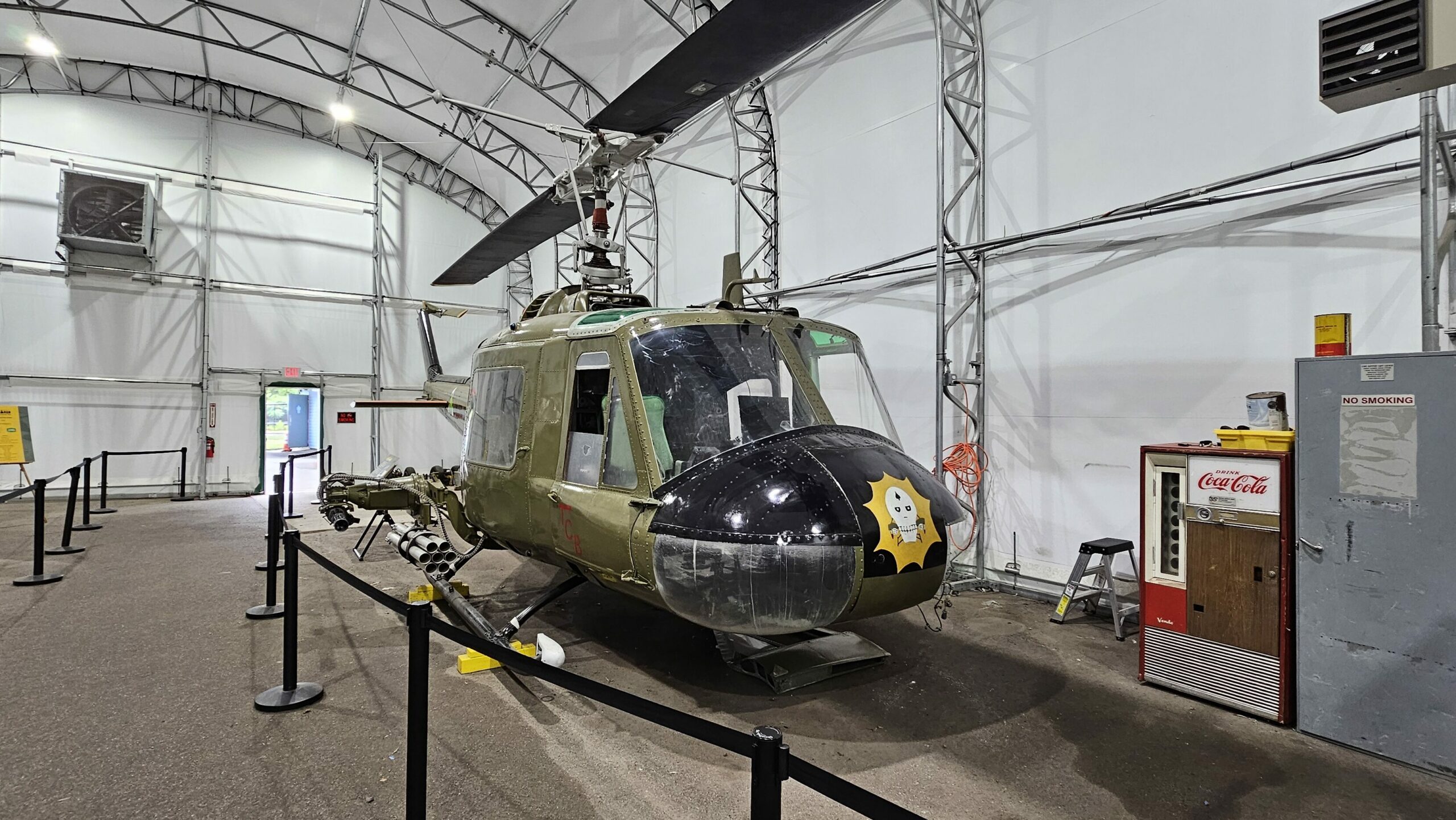
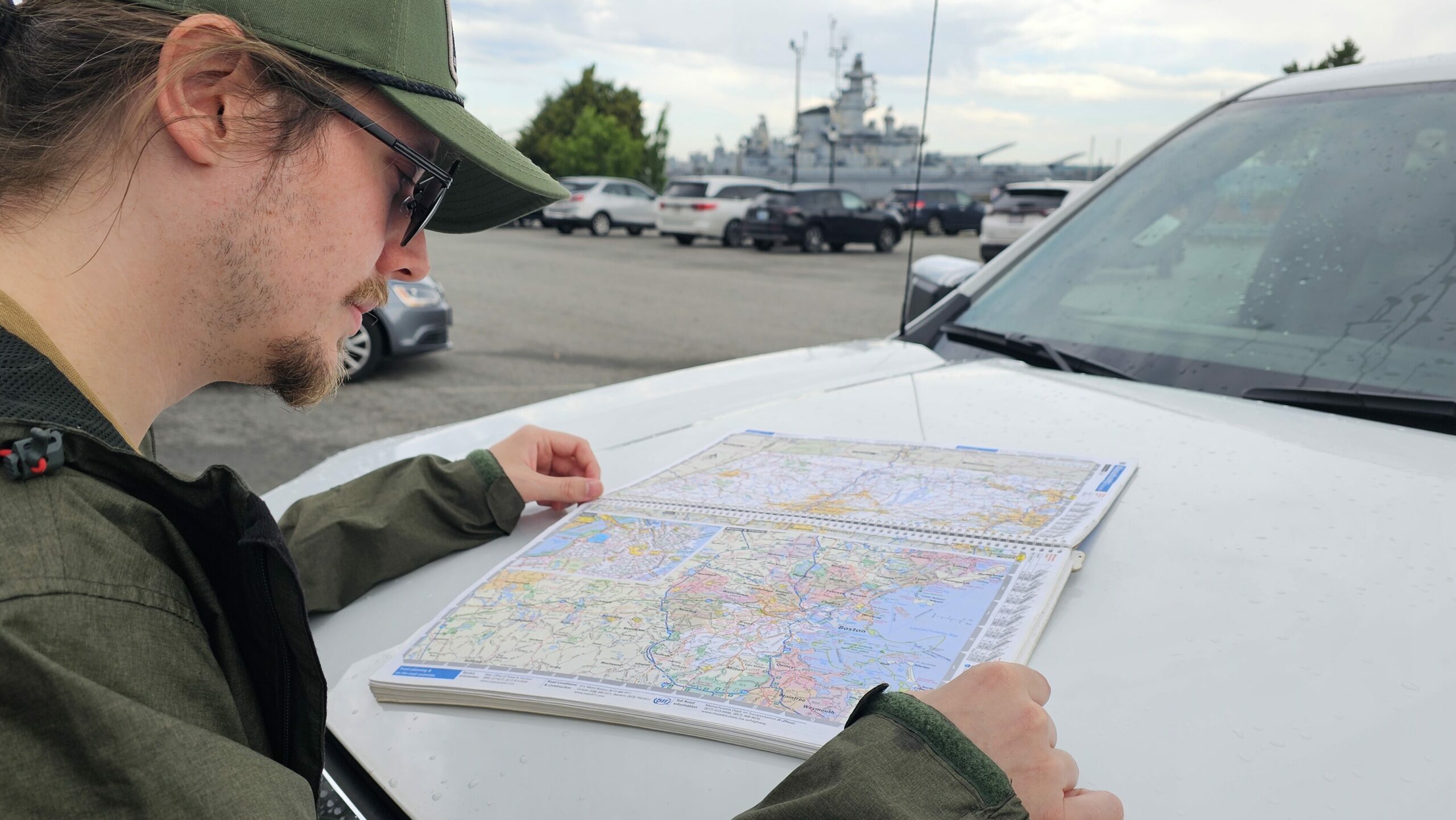
Symposium on Fusion Engineering (SOFE) 2025
In Boston, our focus turned to fusion energy at the Symposium on Fusion Engineering (SOFE), where we were warmly welcomed by familiar faces. All of the fusion industry leaders were present, UK Industrial Fusion Solutions (UKIFS), Commonwealth Fusion Systems, Tokamak Energy, and Proxima Fusion, just to name a few. A highlight was a bespoke tour given by Rémi Delaporte-Mathurin (MIT) who showed us around the cutting-edge LIBRA tritium breeding experiment. We expressed our thanks with a limited-edition Cerberus Nuclear mug and Yorkshire Tea, essential provisions for any fusion scientist.
Our poster session promoting Cyclone and Cyclone Sage for fusion neutronics analysis was very well attended. The level of engagement was fantastic; both John and I nearly lost our voices from the sheer number of people we spoke to.
Visiting Commonwealth Fusion Systems’s SPARC was genuinely impressive. The rapid progress made has only heightened our excitement for fusion energy’s potential. Lookout from them in 2027 when its due to be turned on.
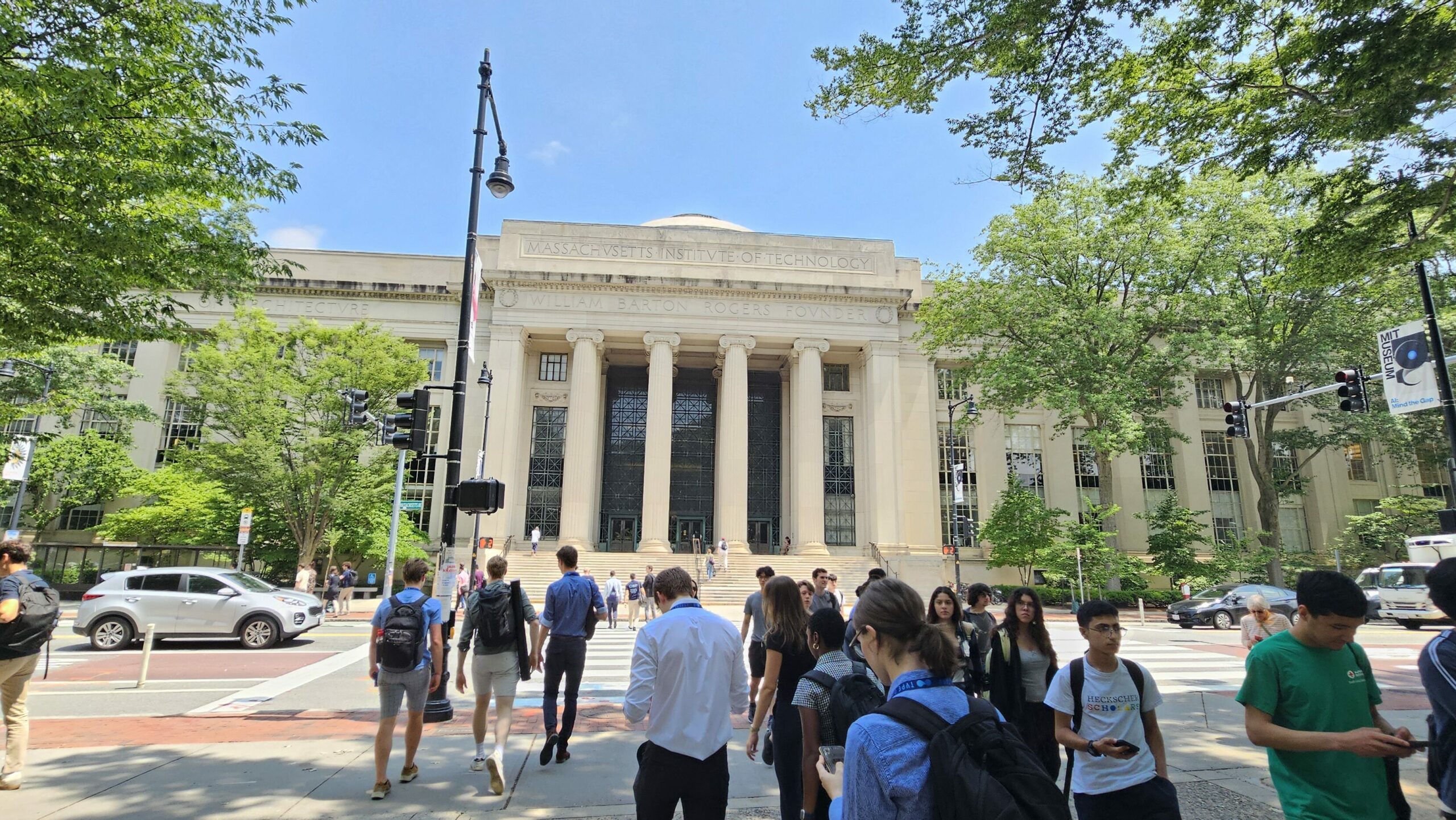
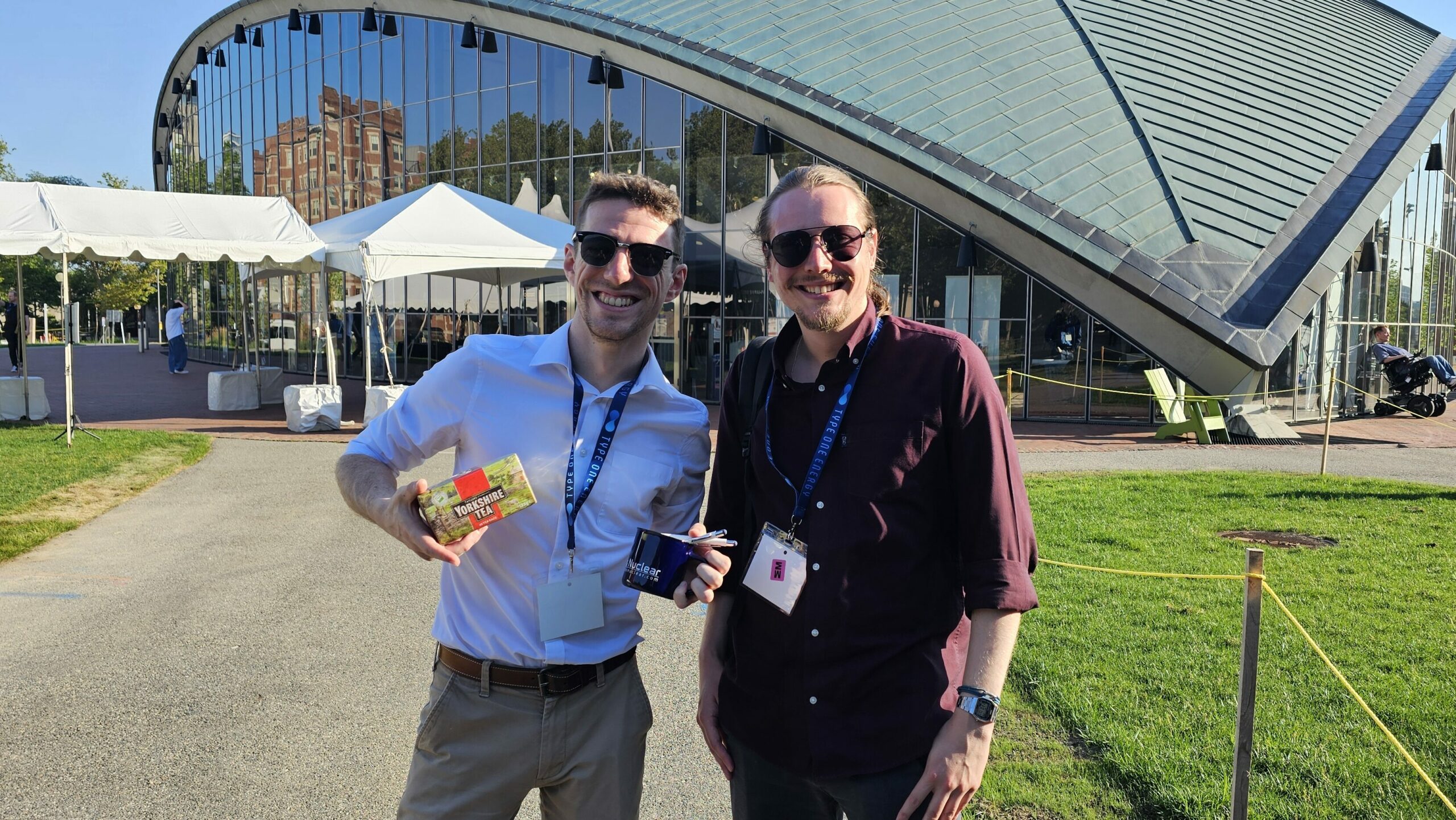
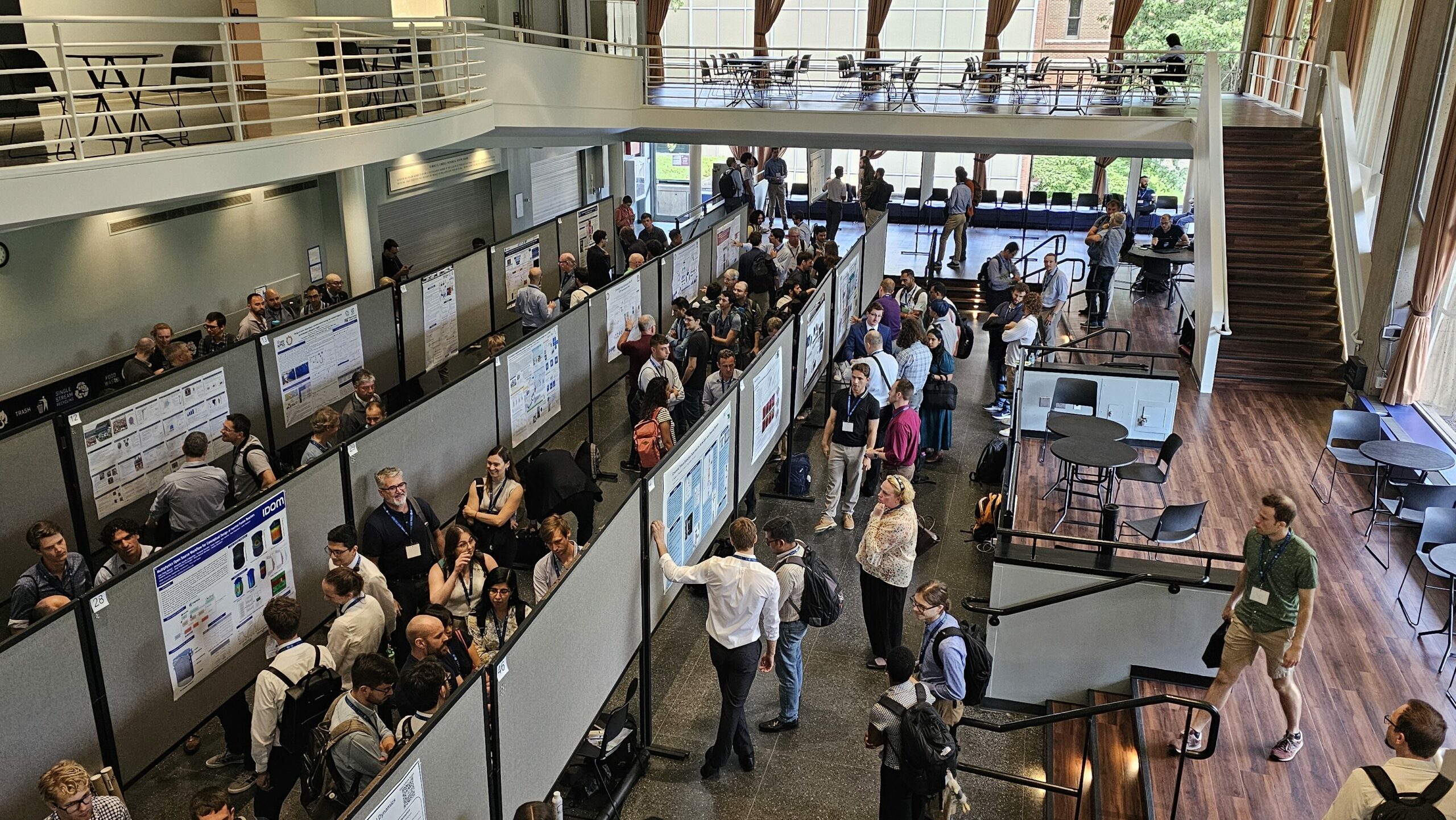
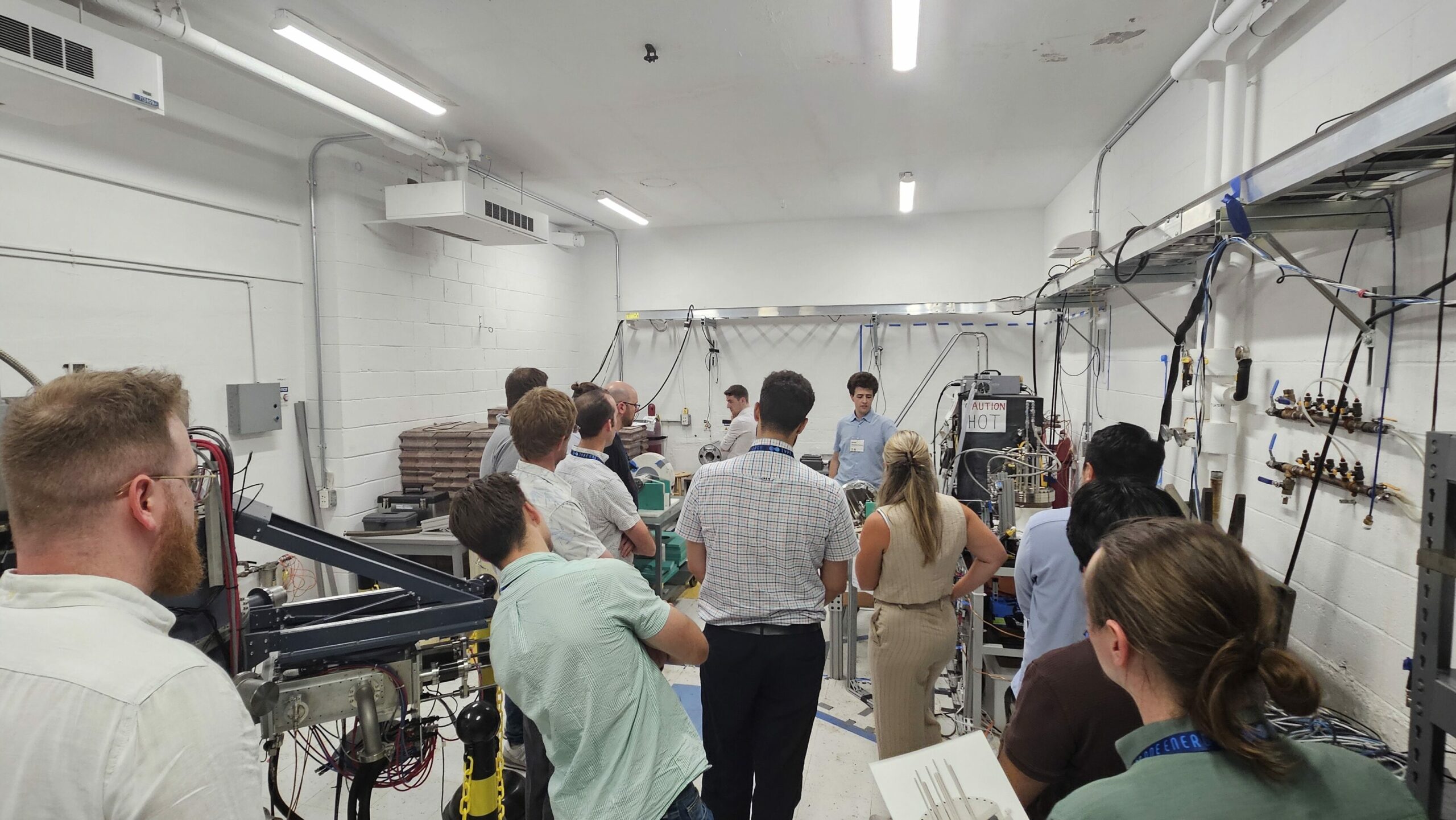
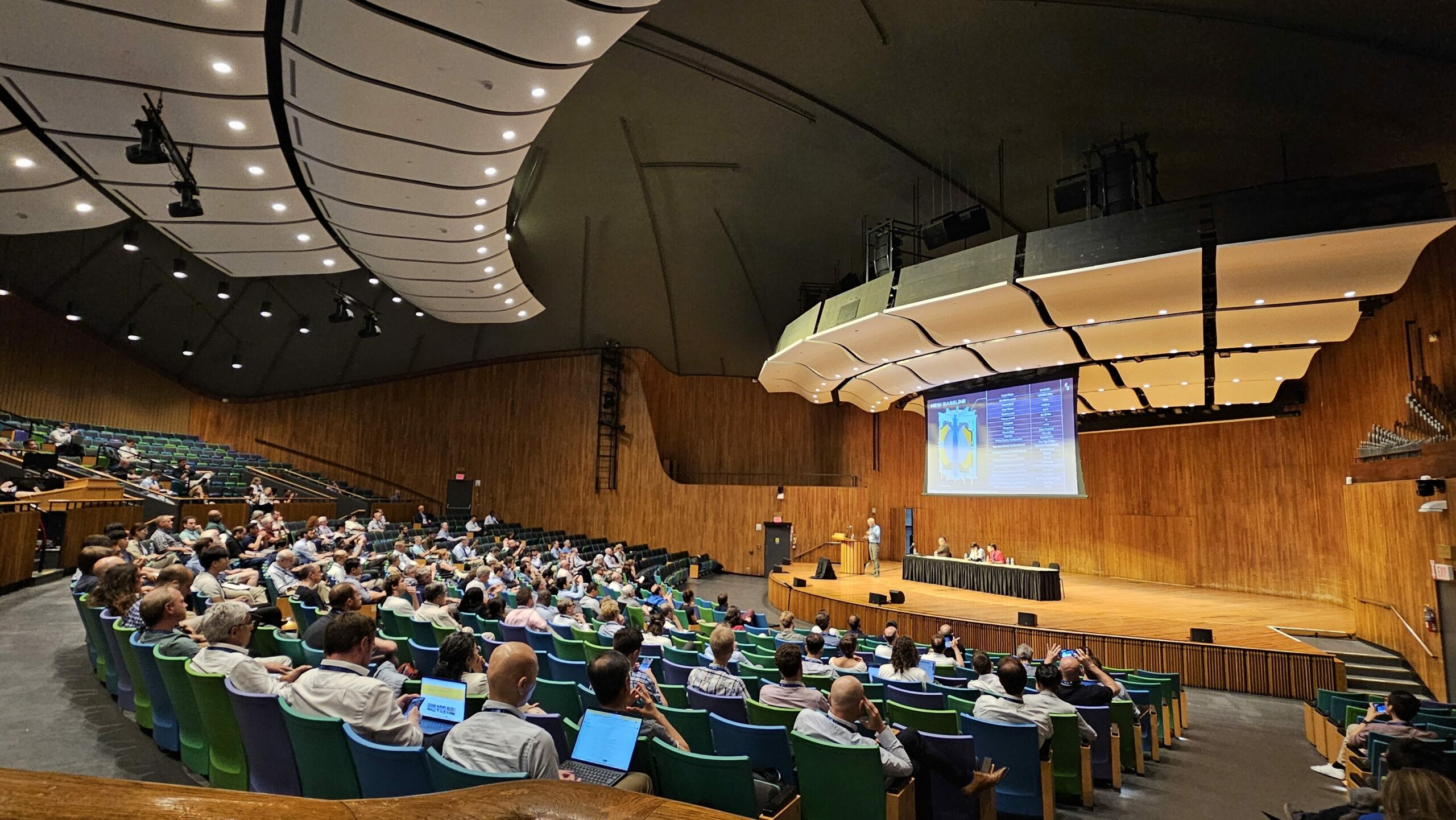
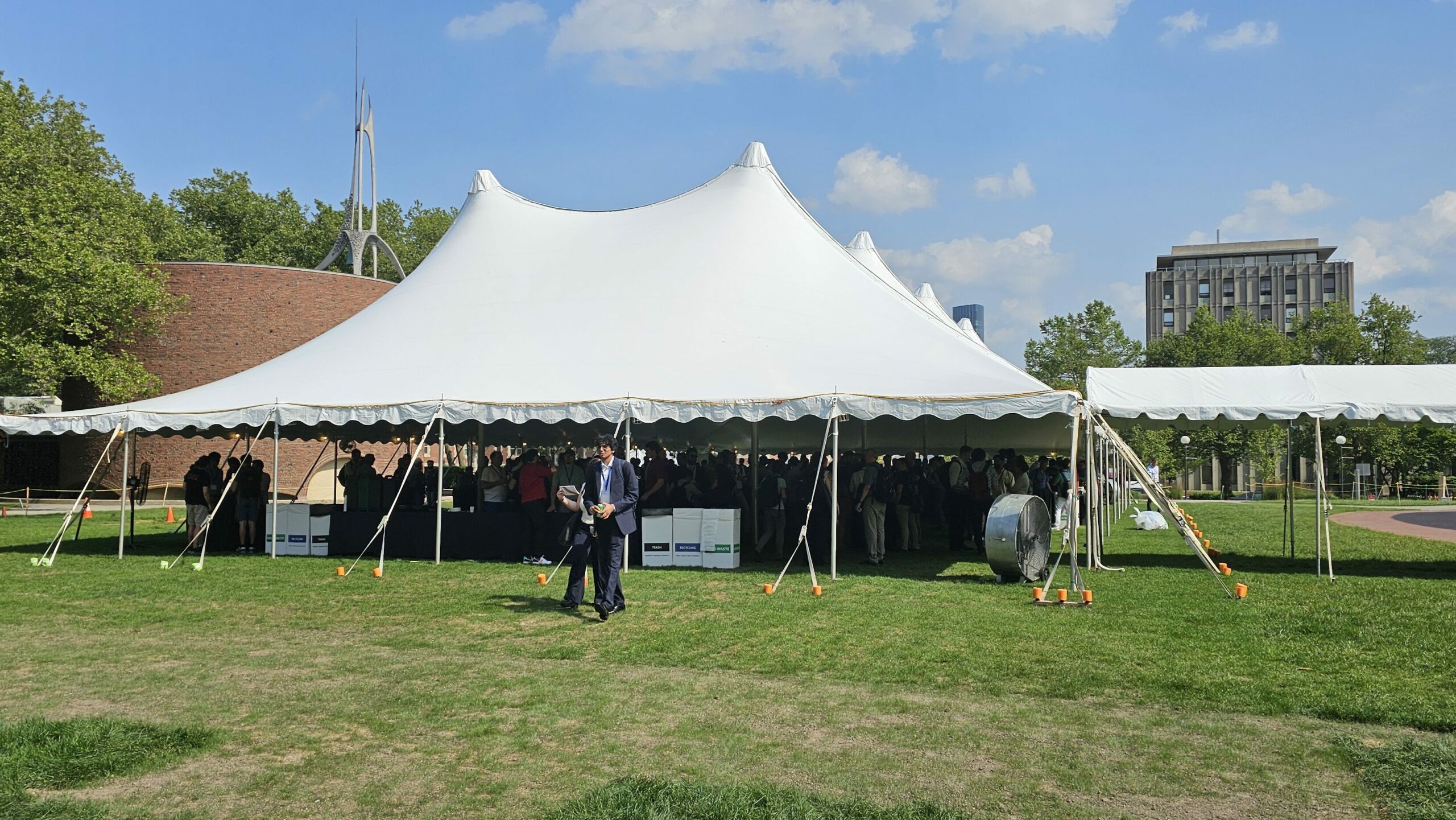
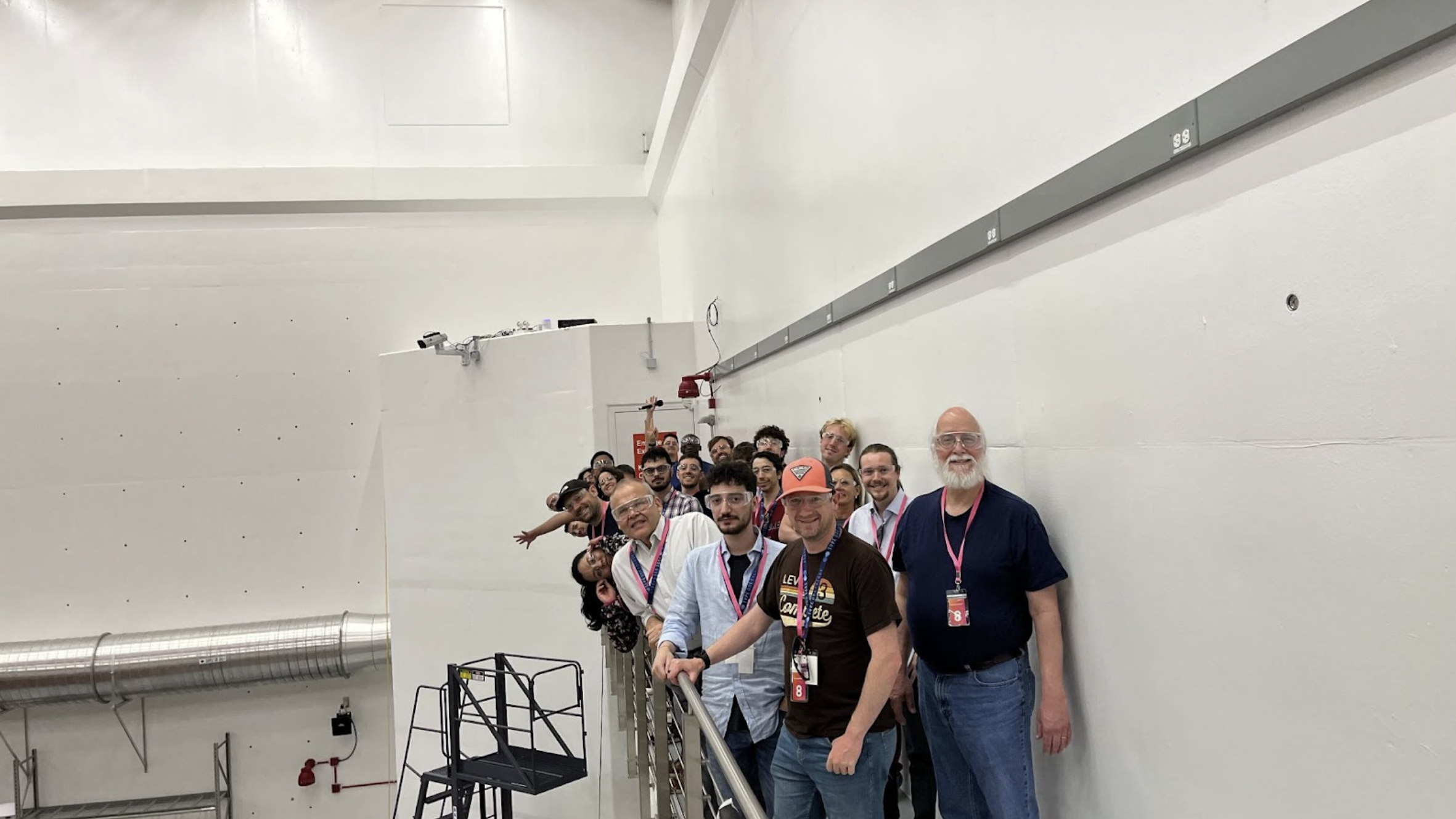
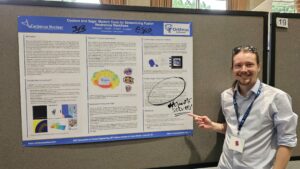
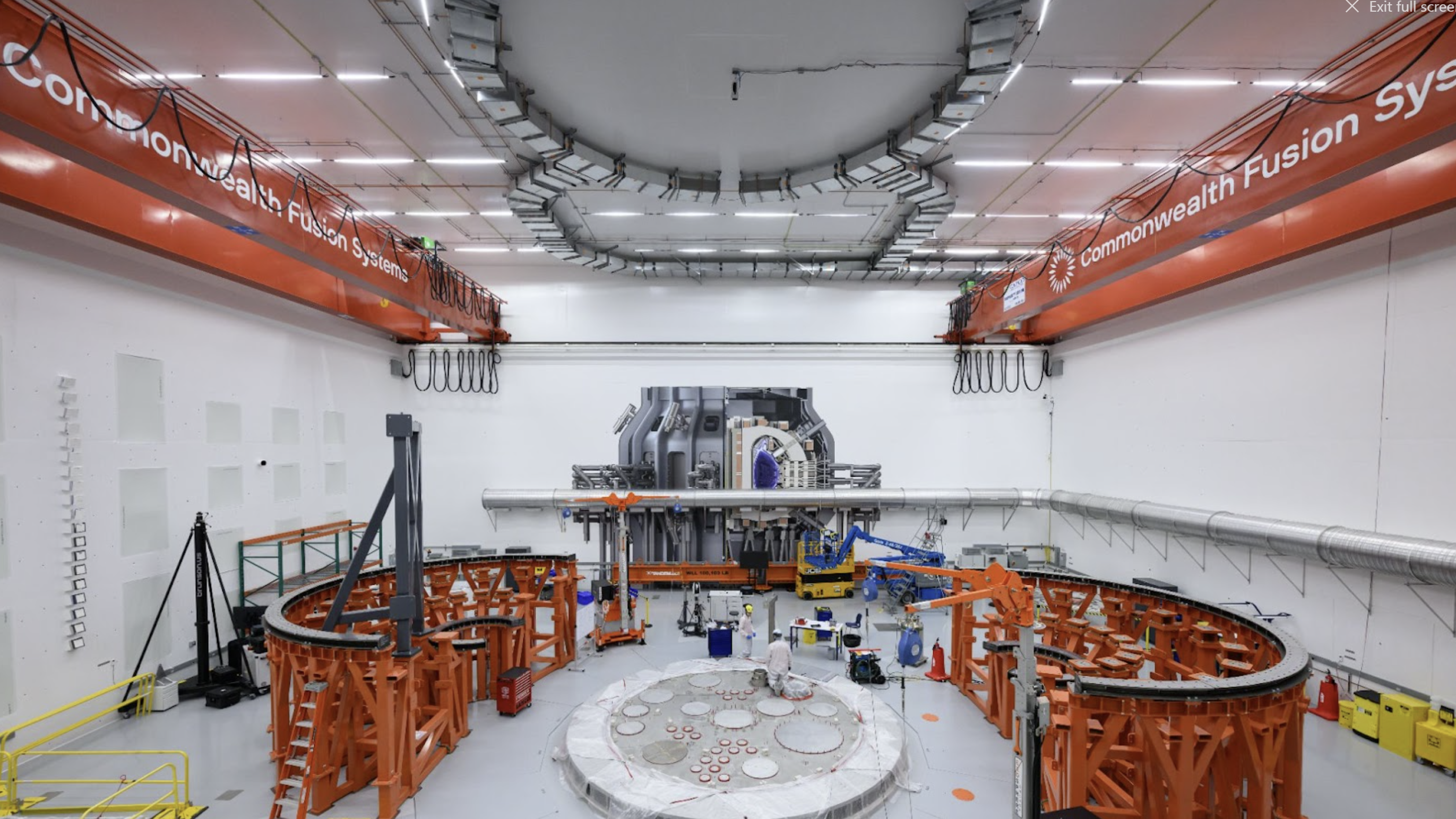
It's a long way from Chicago to Boston
Of course, we couldn’t leave Boston without visiting where Smoot’s story began, it turns out I’m slightly taller than one Smoot! Most visitors who walk across the Harvard bridge rarely notice the marks that are repainted every year, making it a fascinating hidden piece of MIT knowledge.
If you would like to learn more check out Matt Parker’s brilliant Stand-up Maths video, "The bridge which is measured in smoots”.
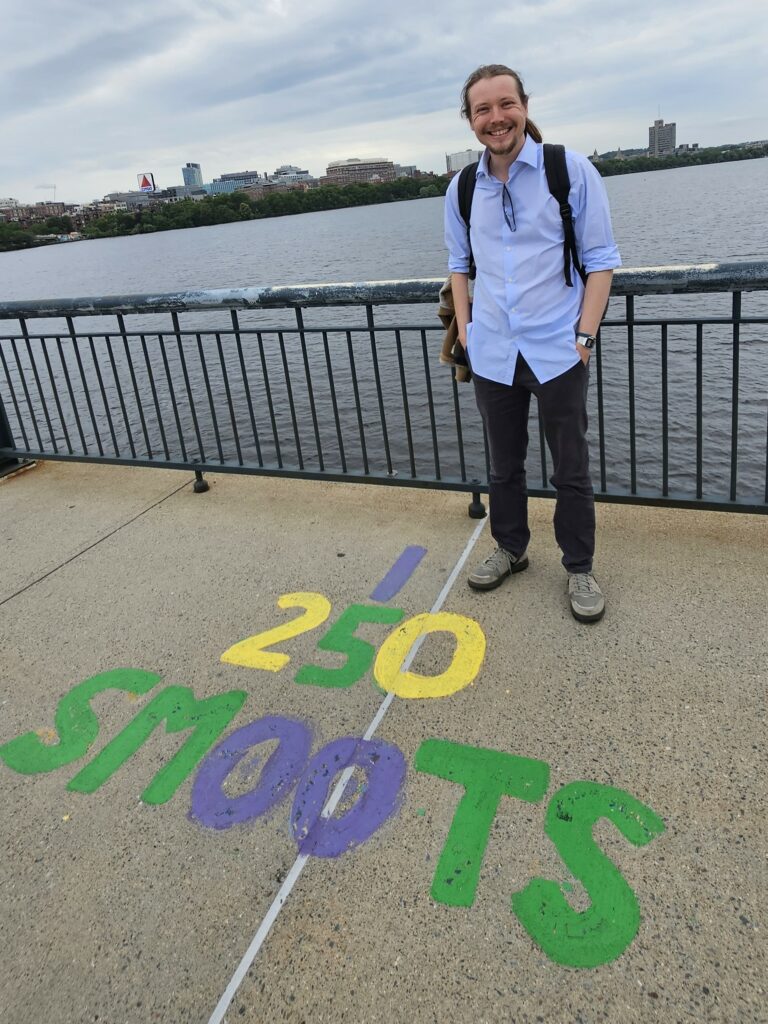
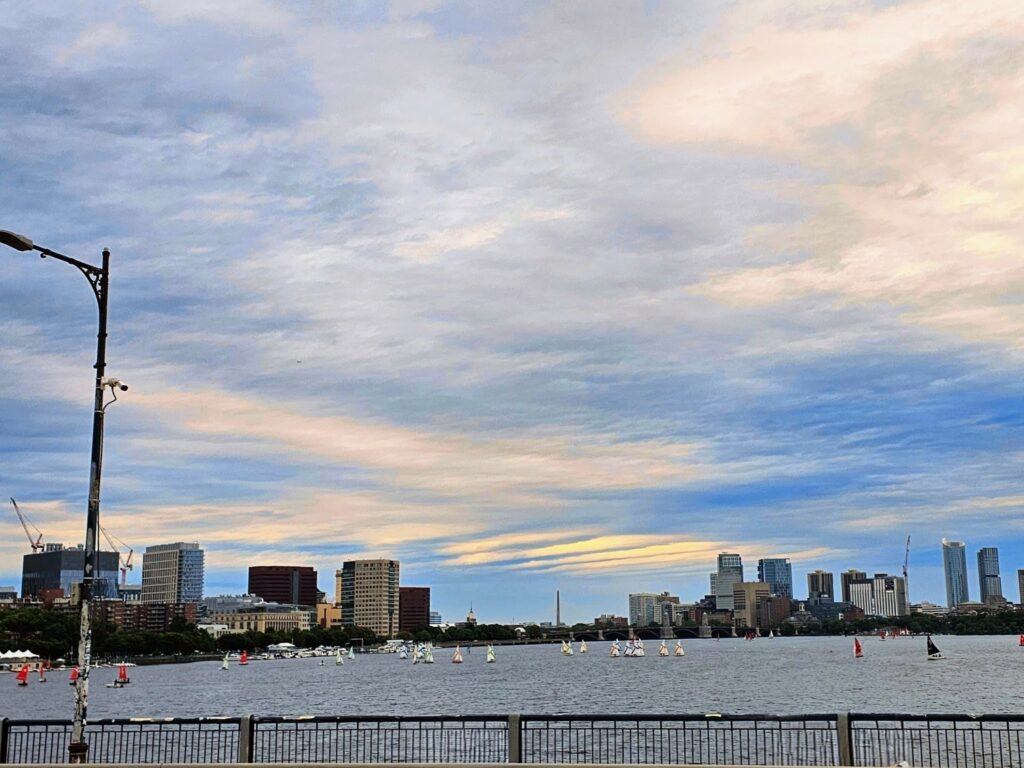
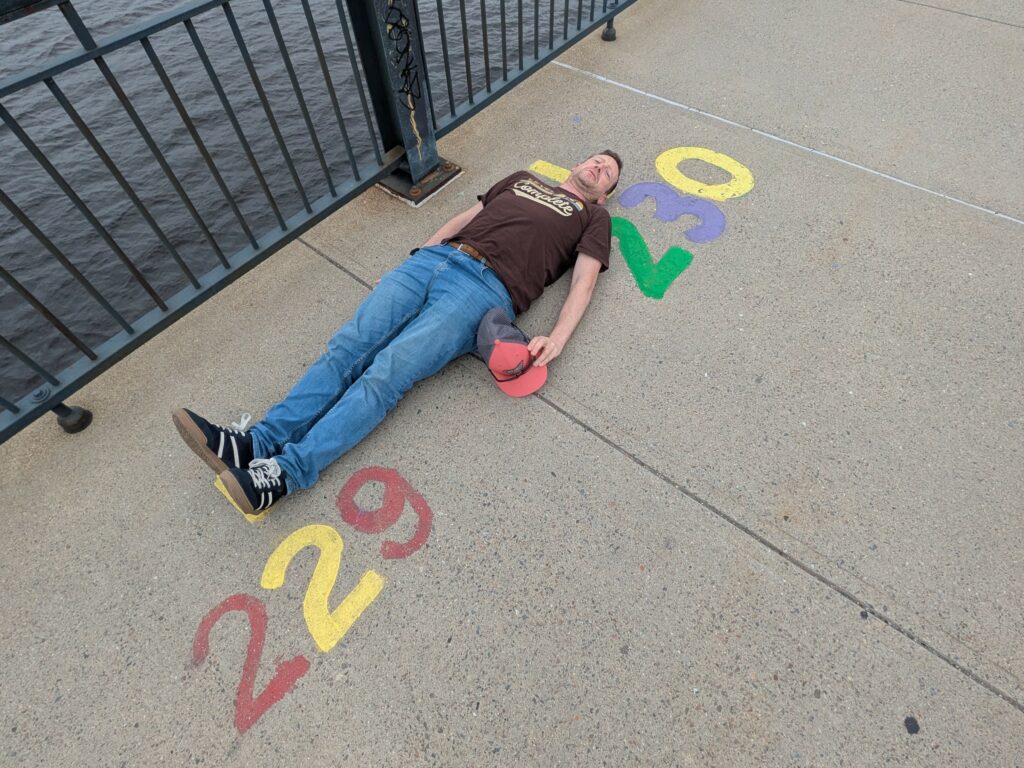
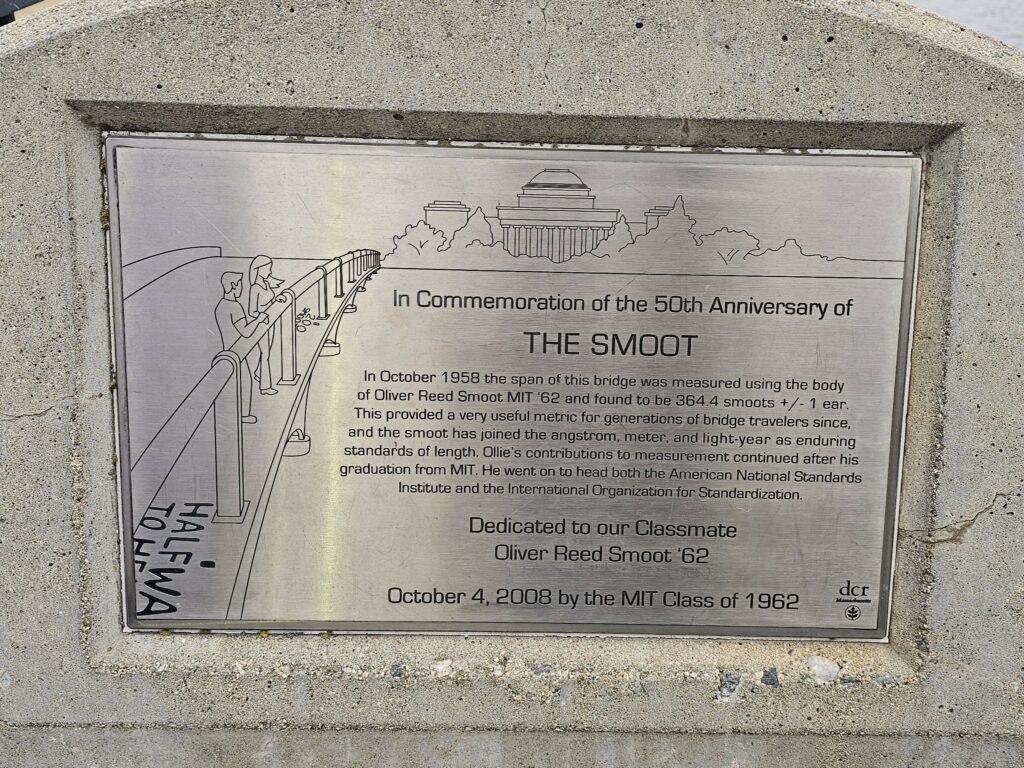
So how far is it from Chicago to Boston? Well, it's about 1005 miles, or 1,061,280 smoots +- 1 ear, and probably quite a bit more if you include how many steps we did! With that, our journey across the USA came to a close.
After all this it’s easy to forget that this whole adventure was about Cyclone and Cyclone Sage. So if you’re curious what Orthrus Software are up to, drop them an email (support@orthrussoftware.com) or check out orthrussoftware.com.
